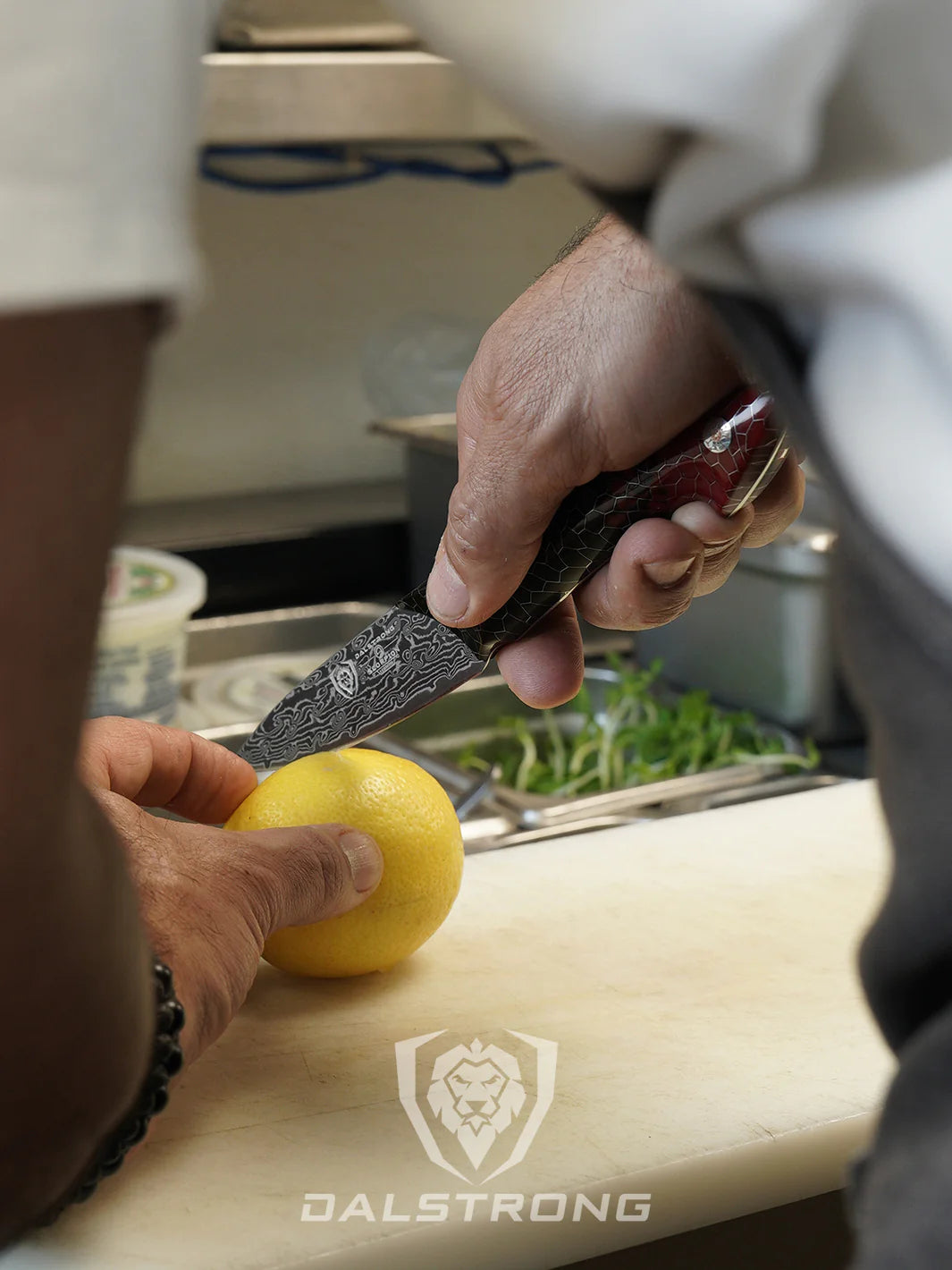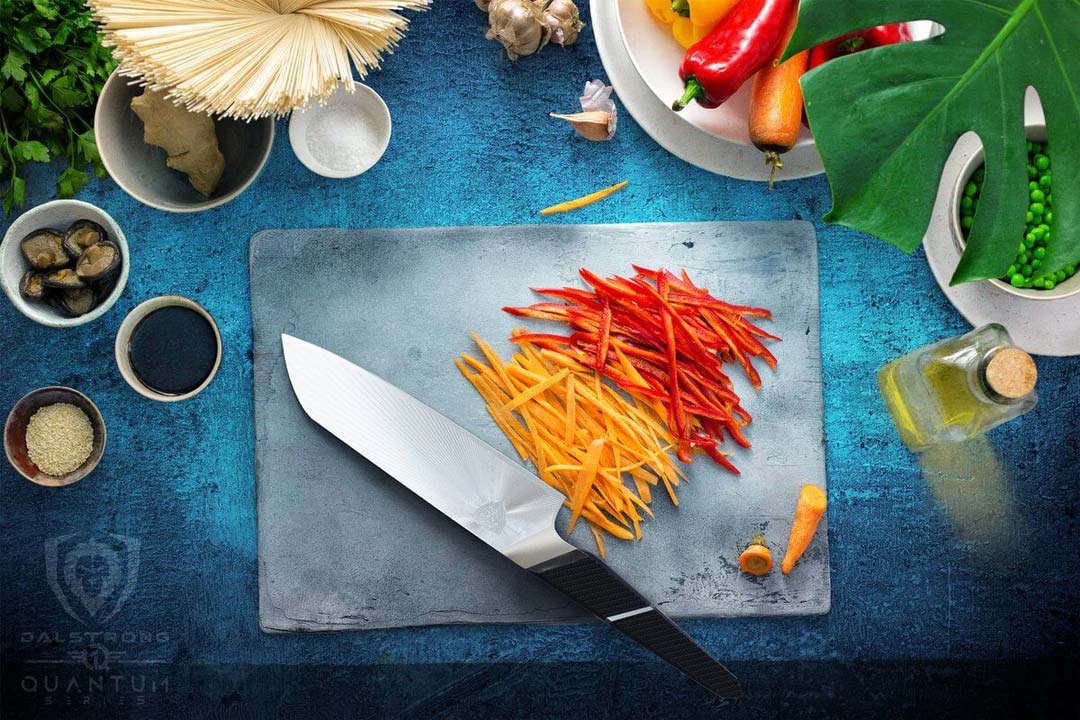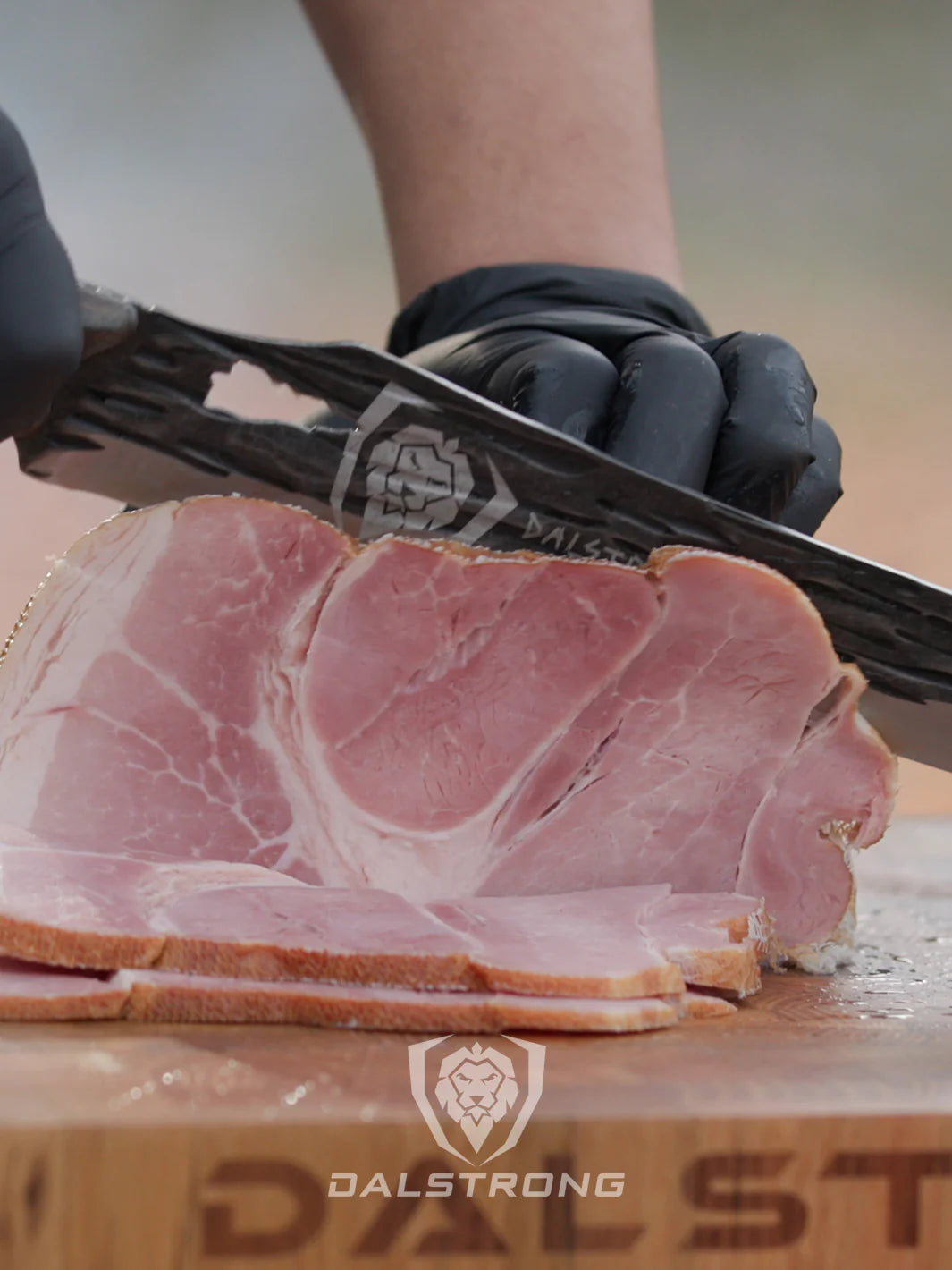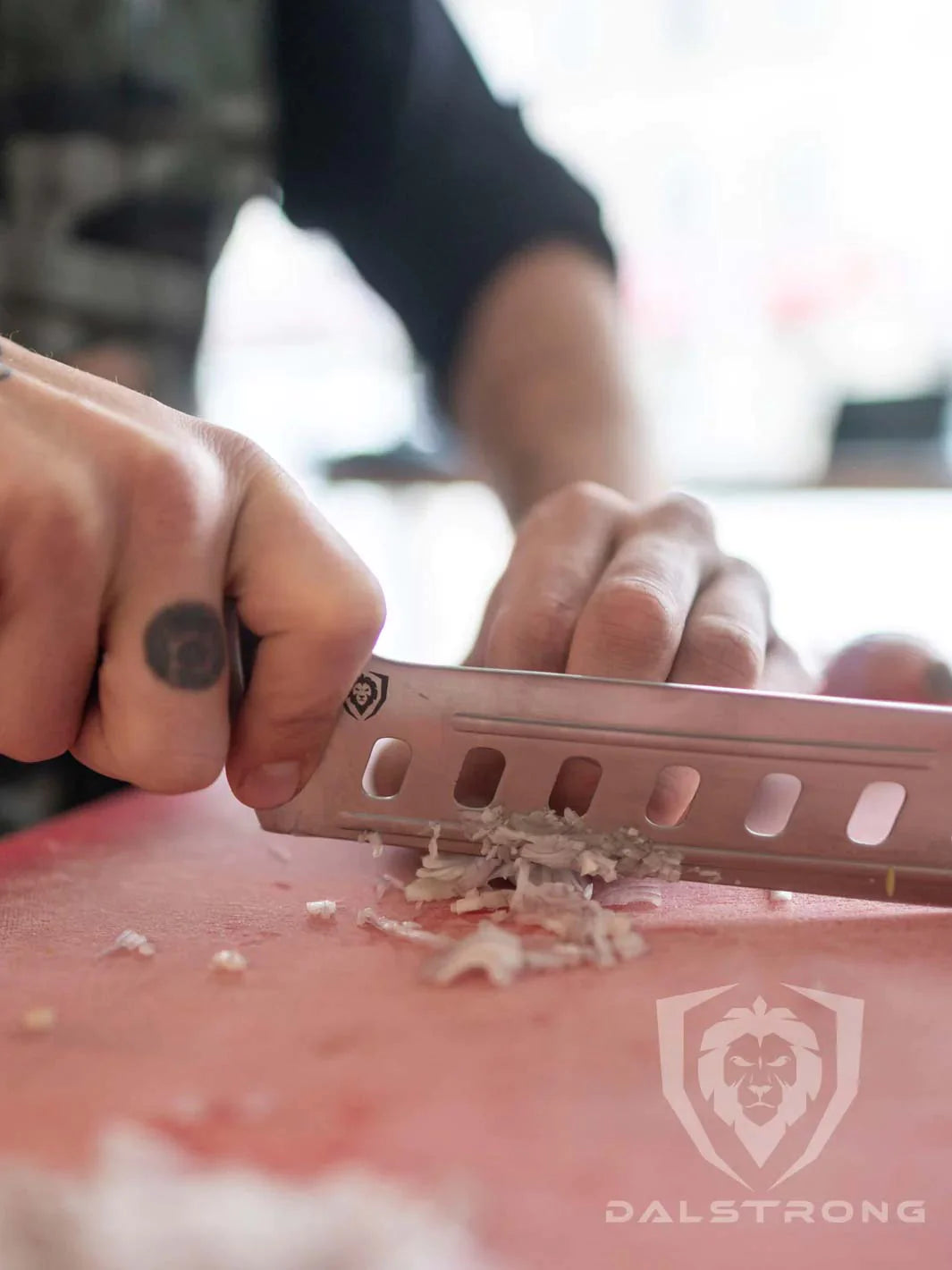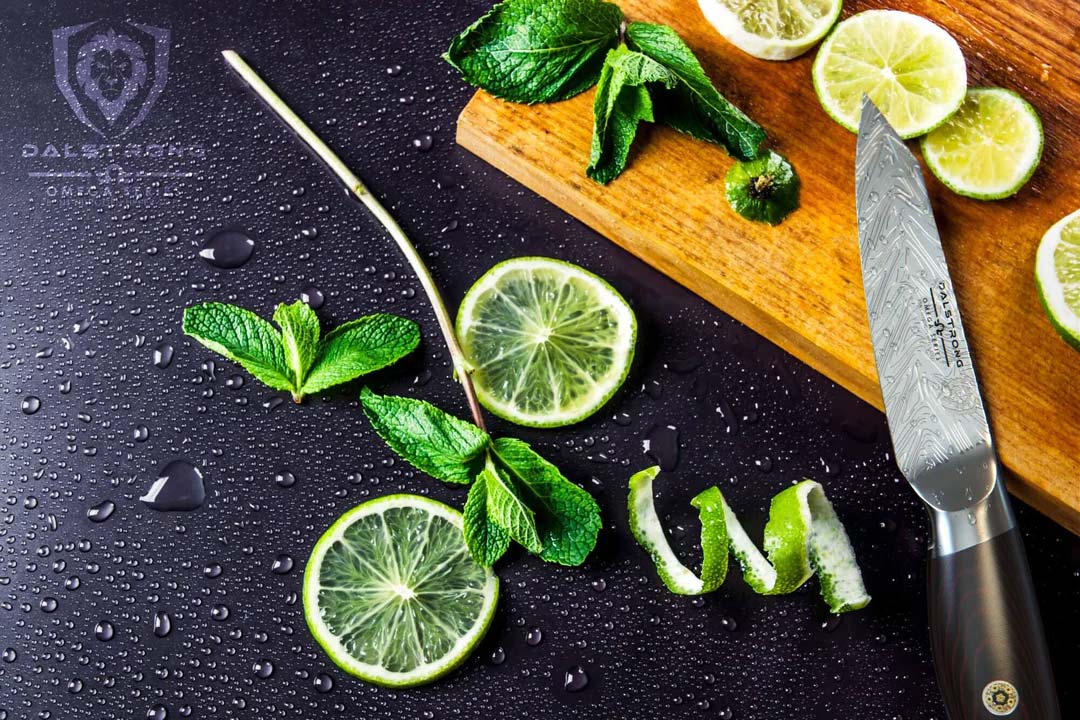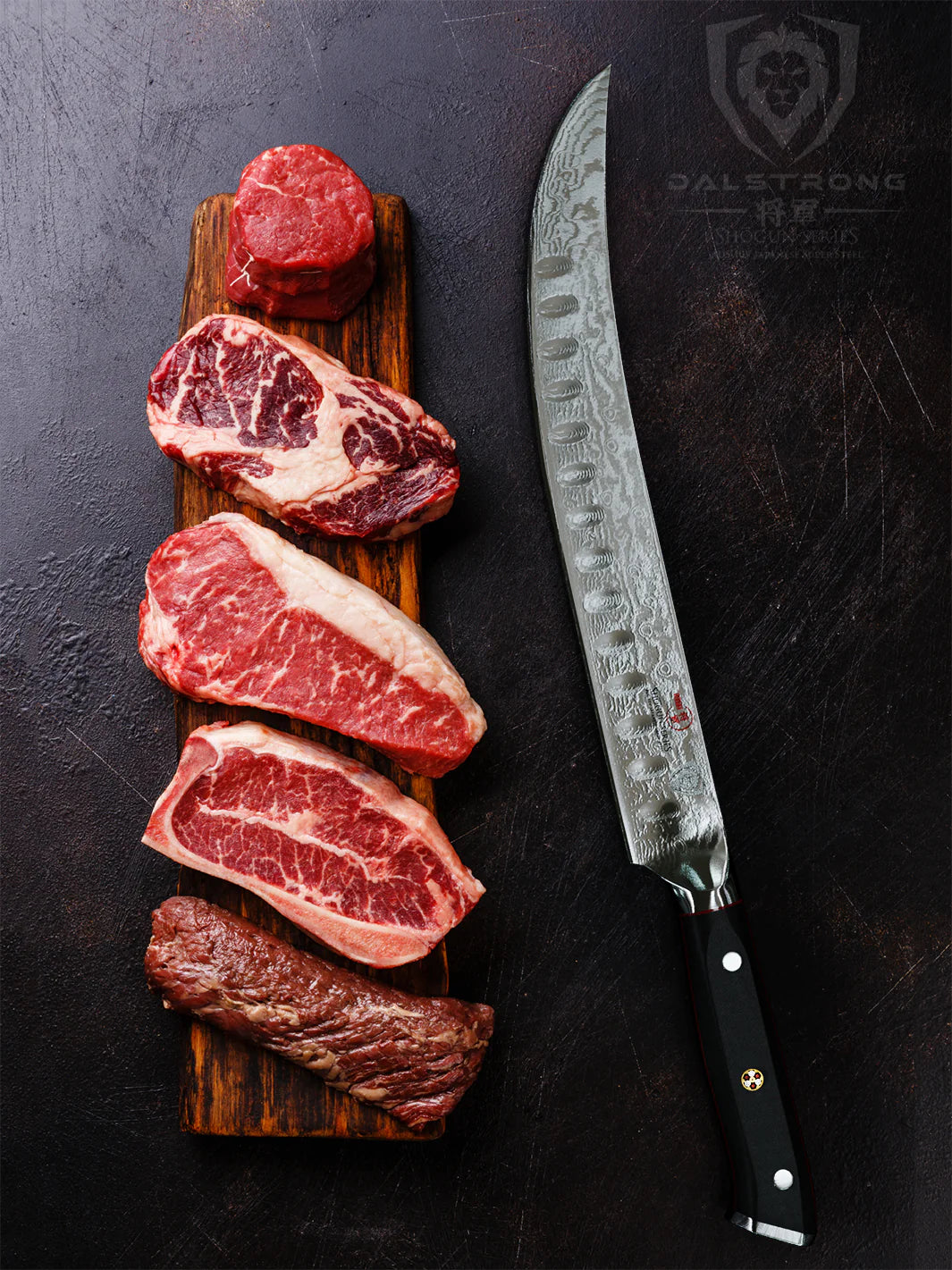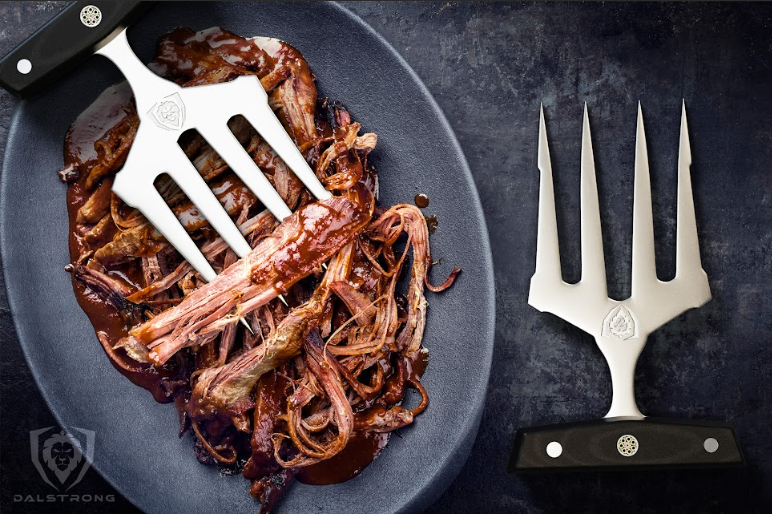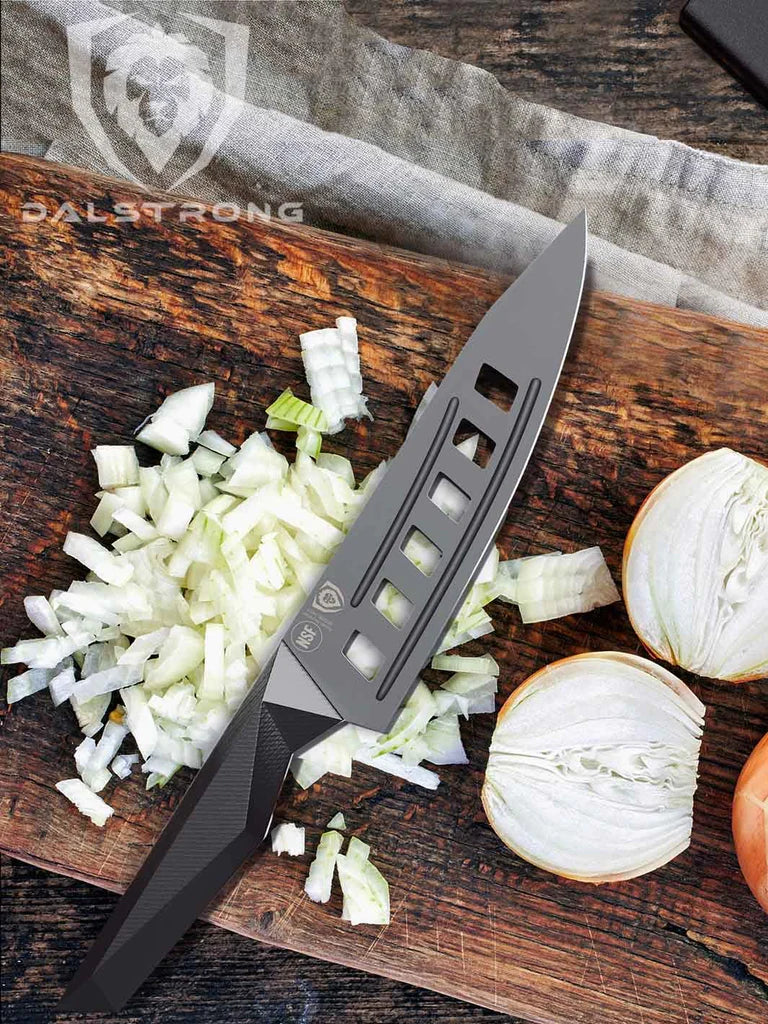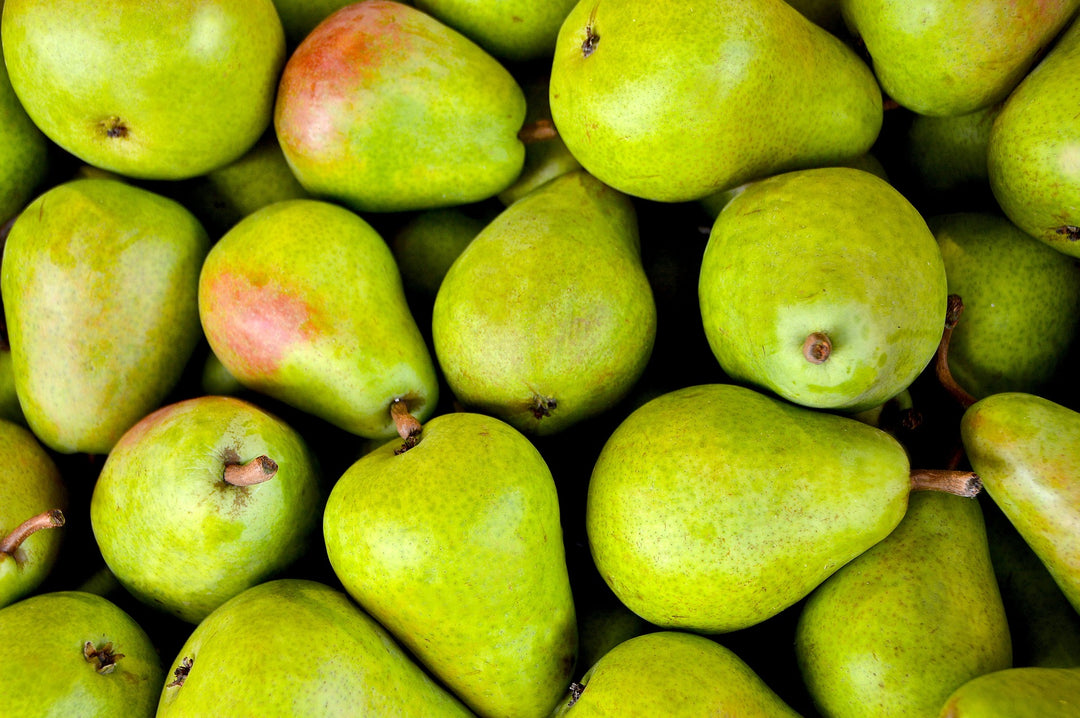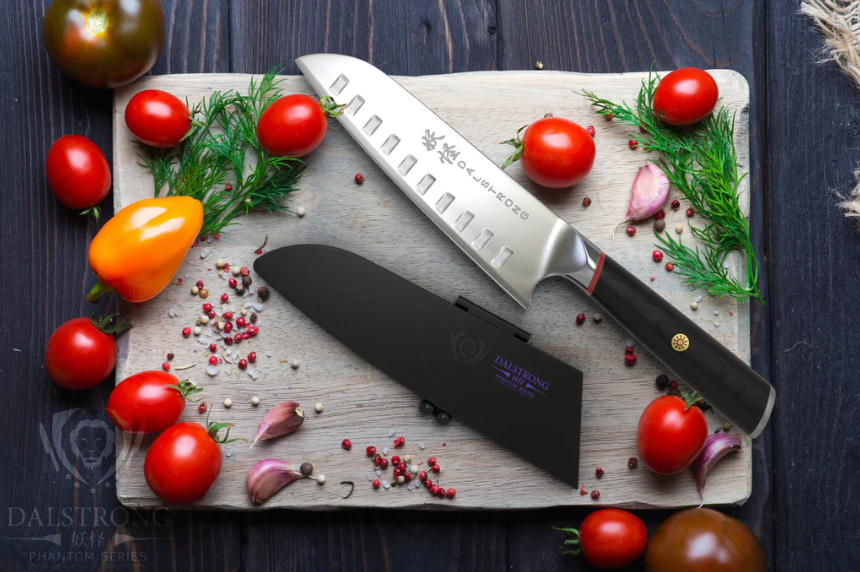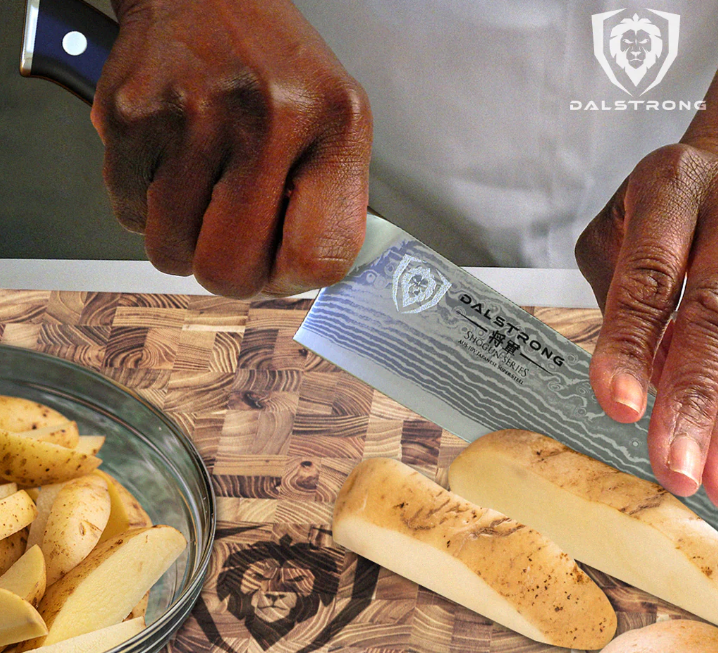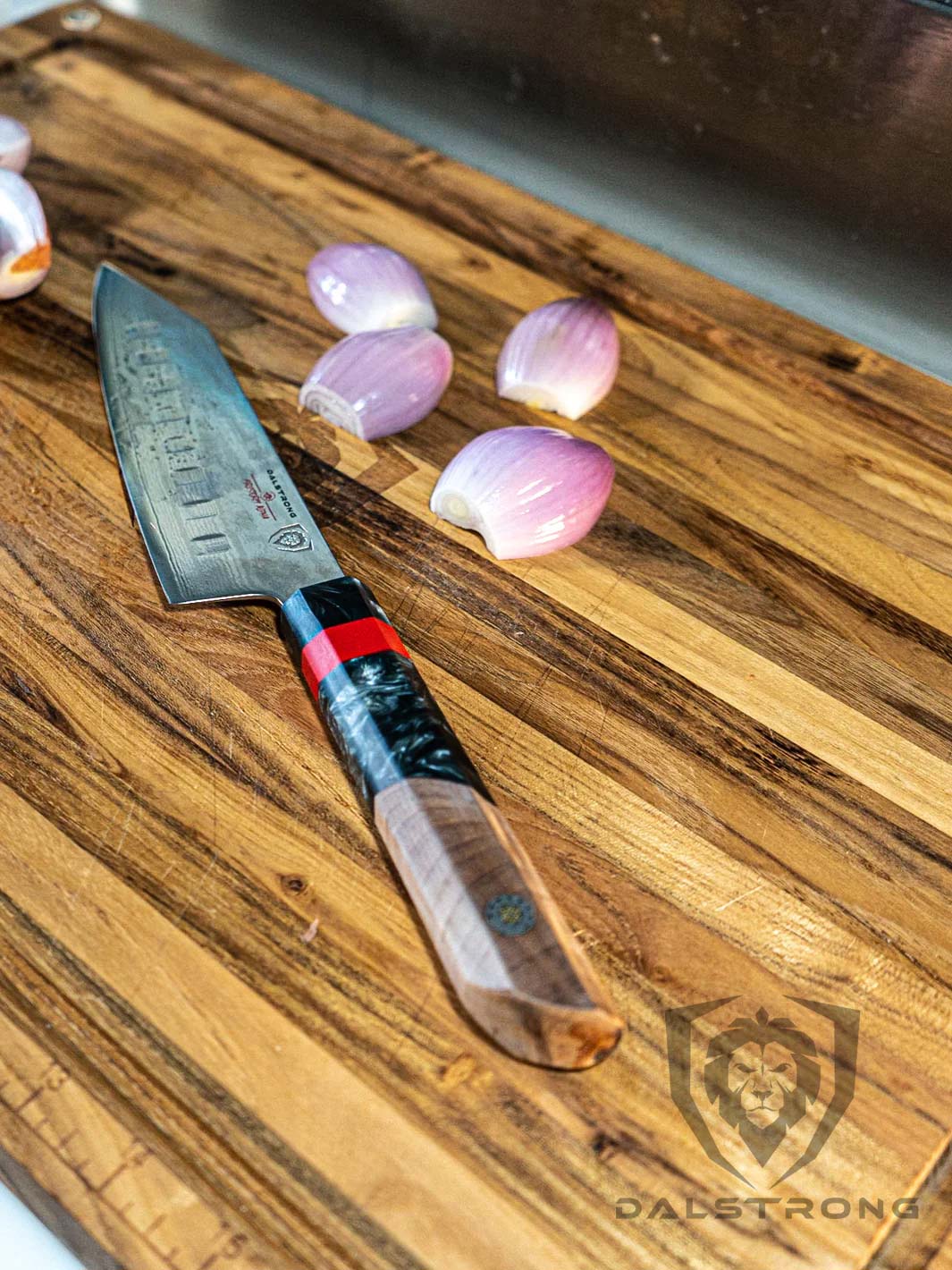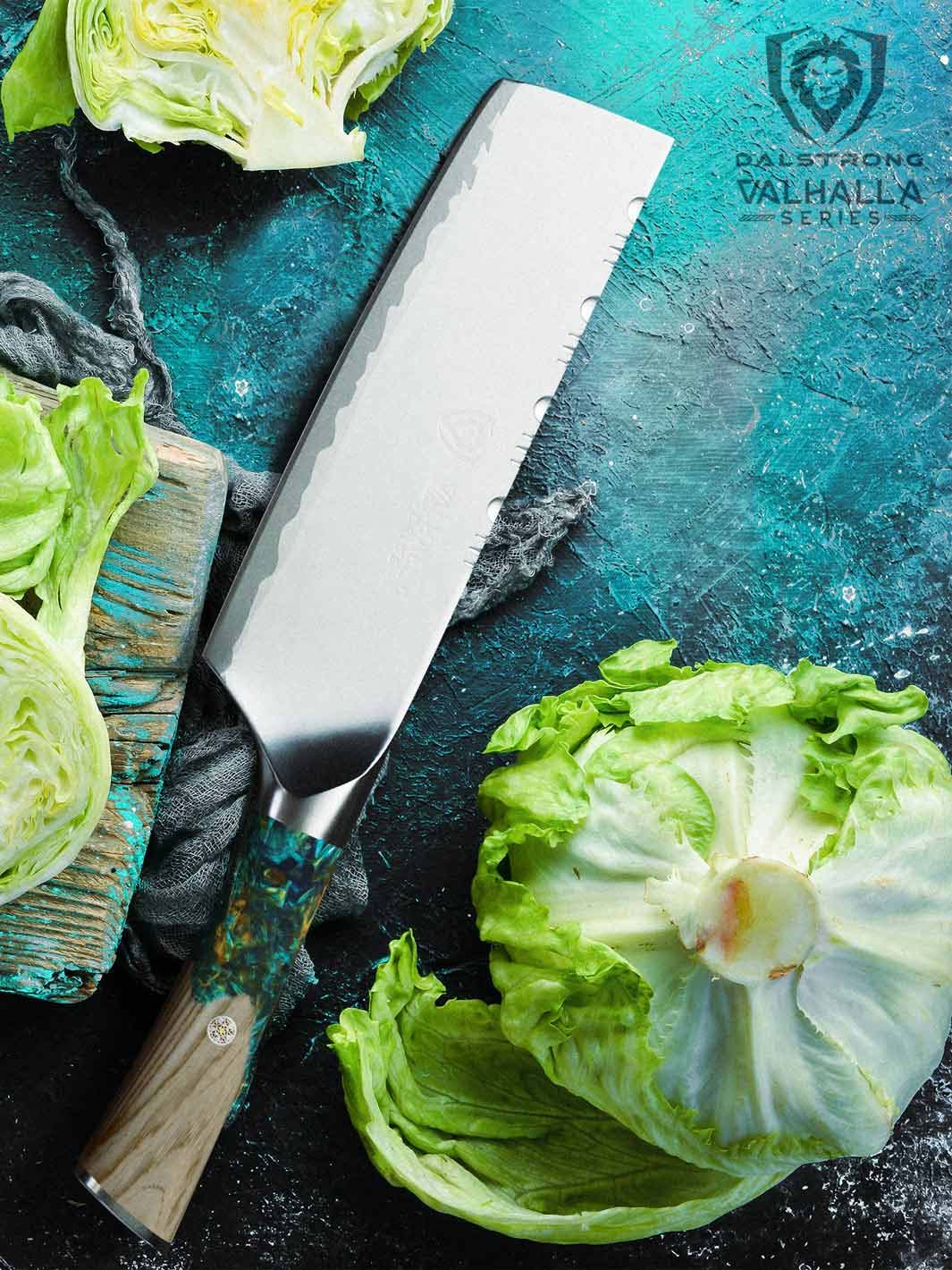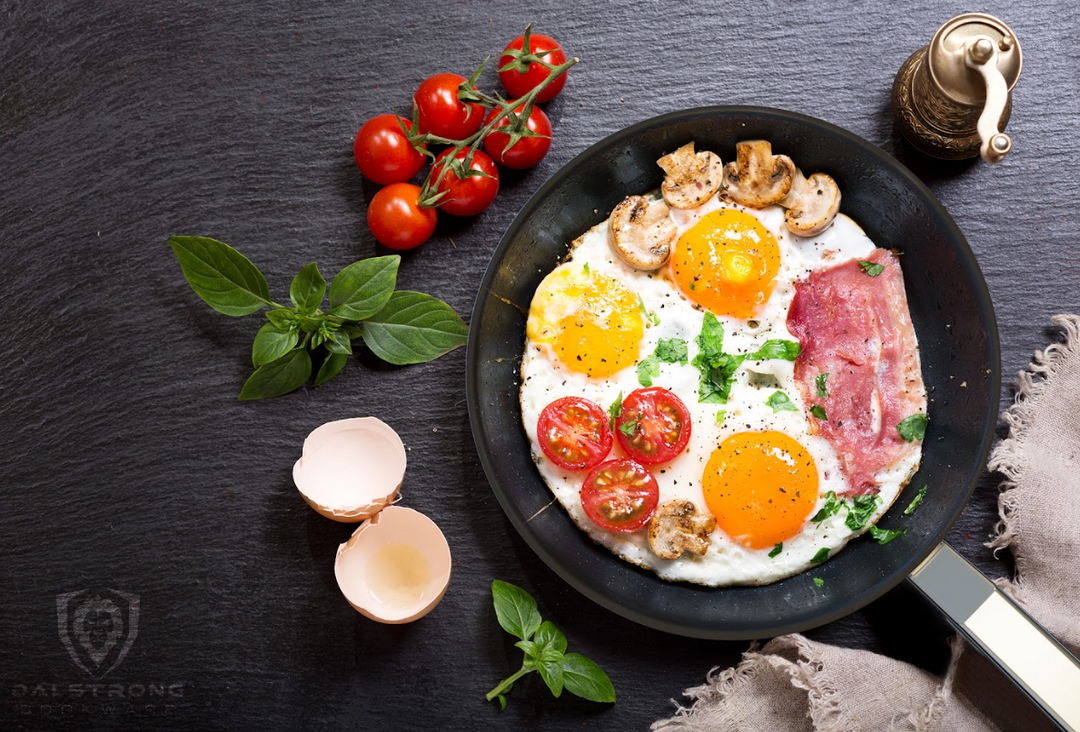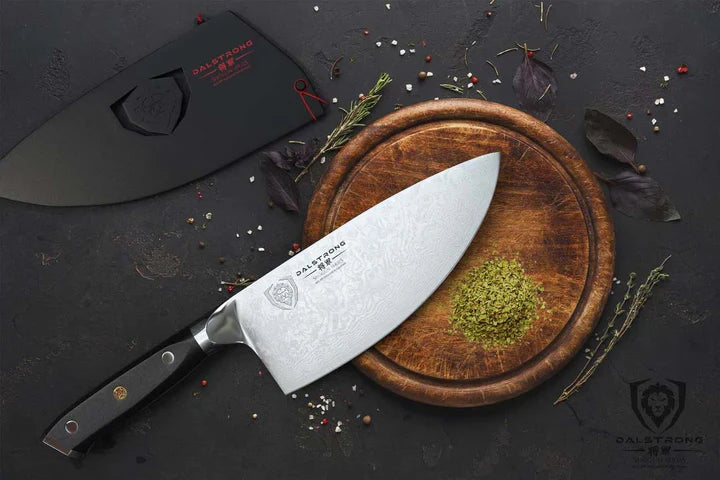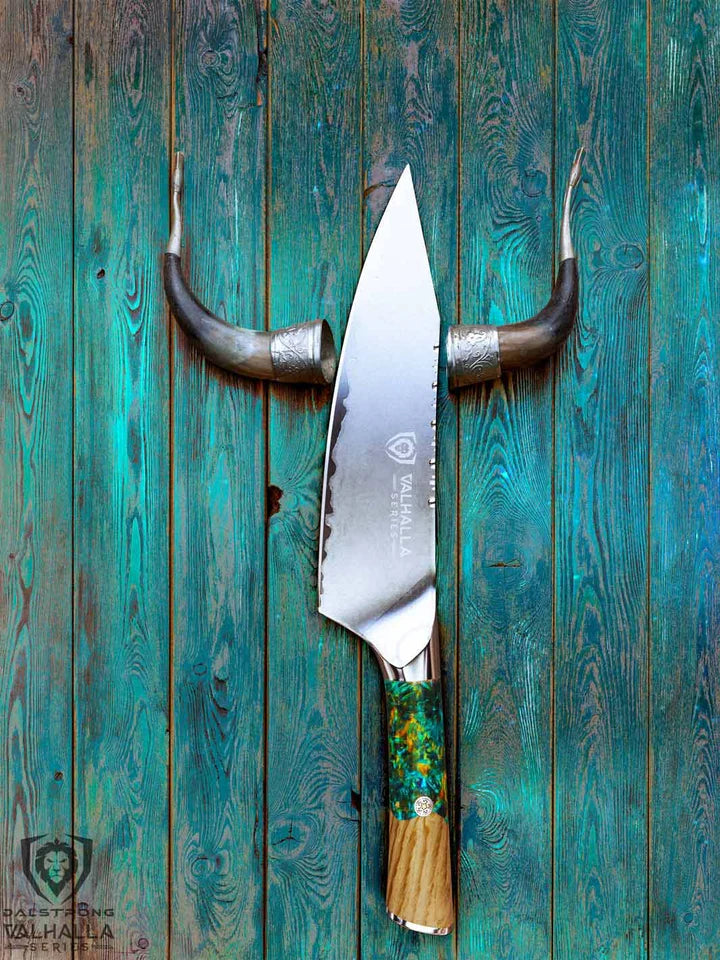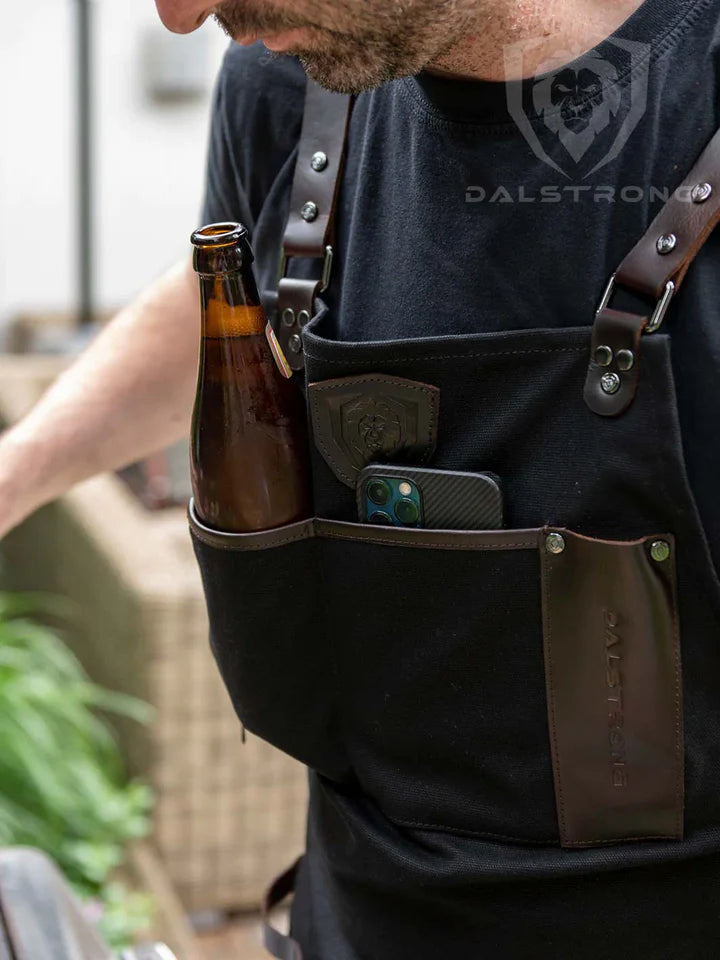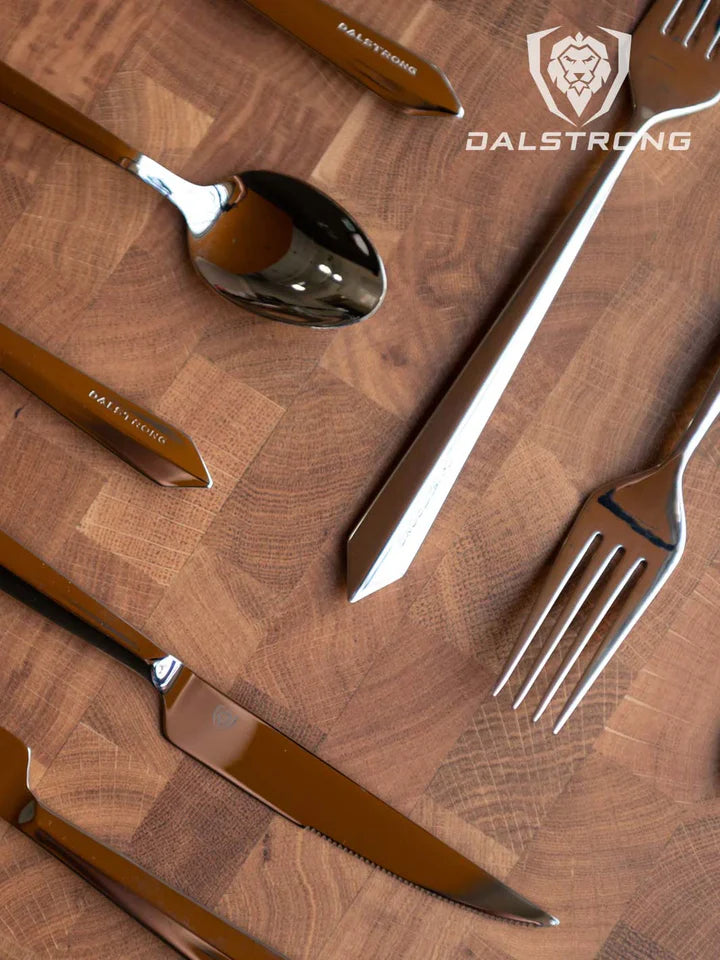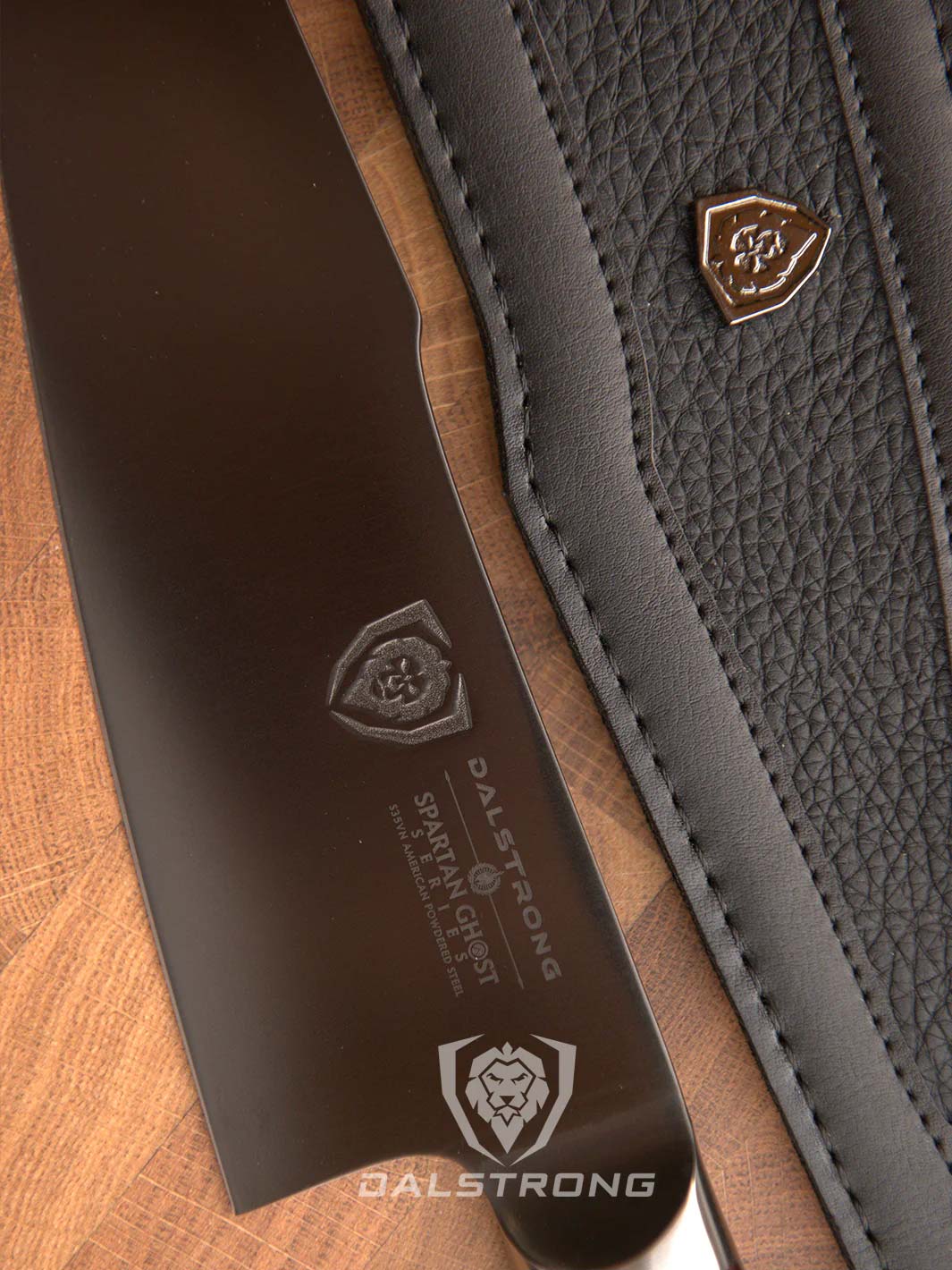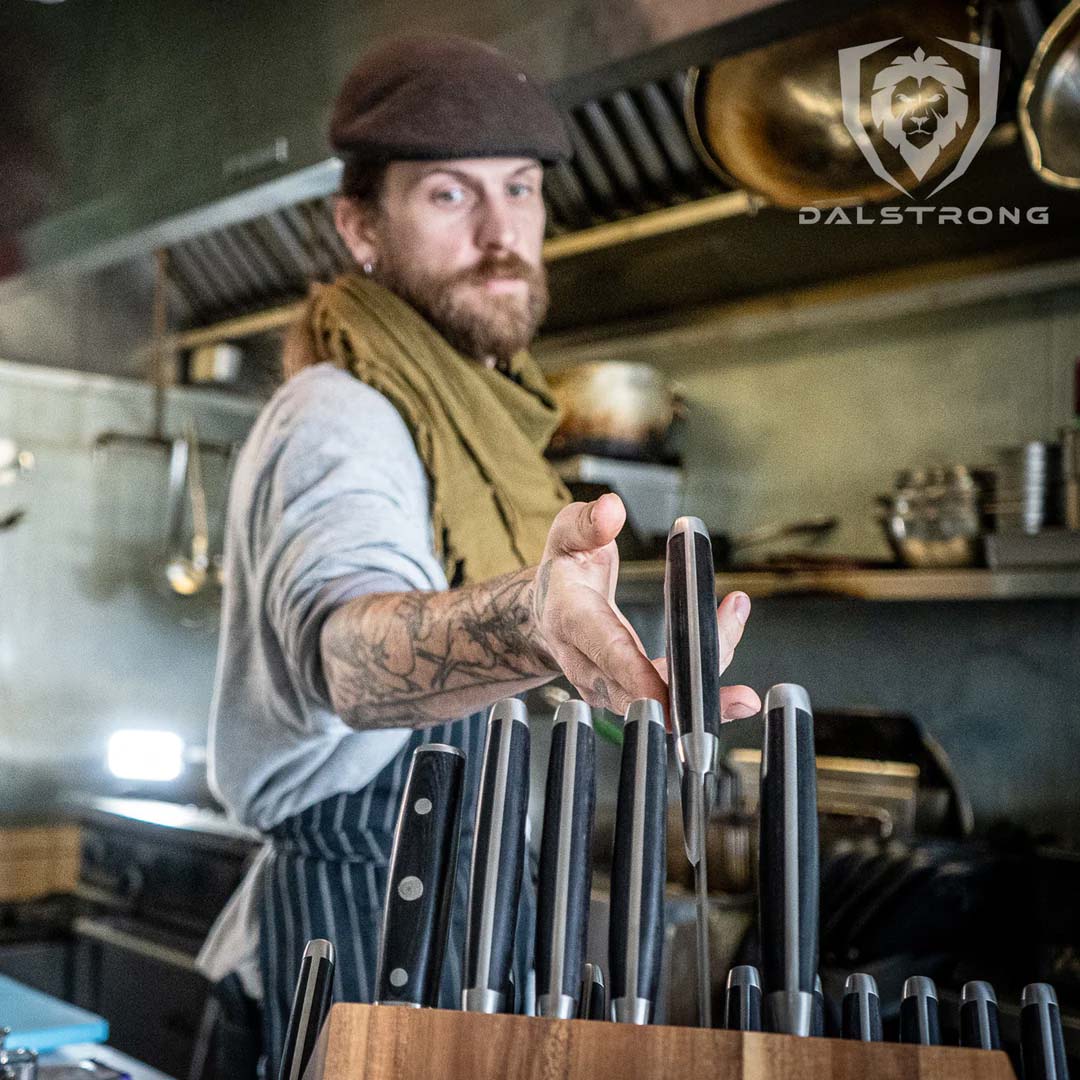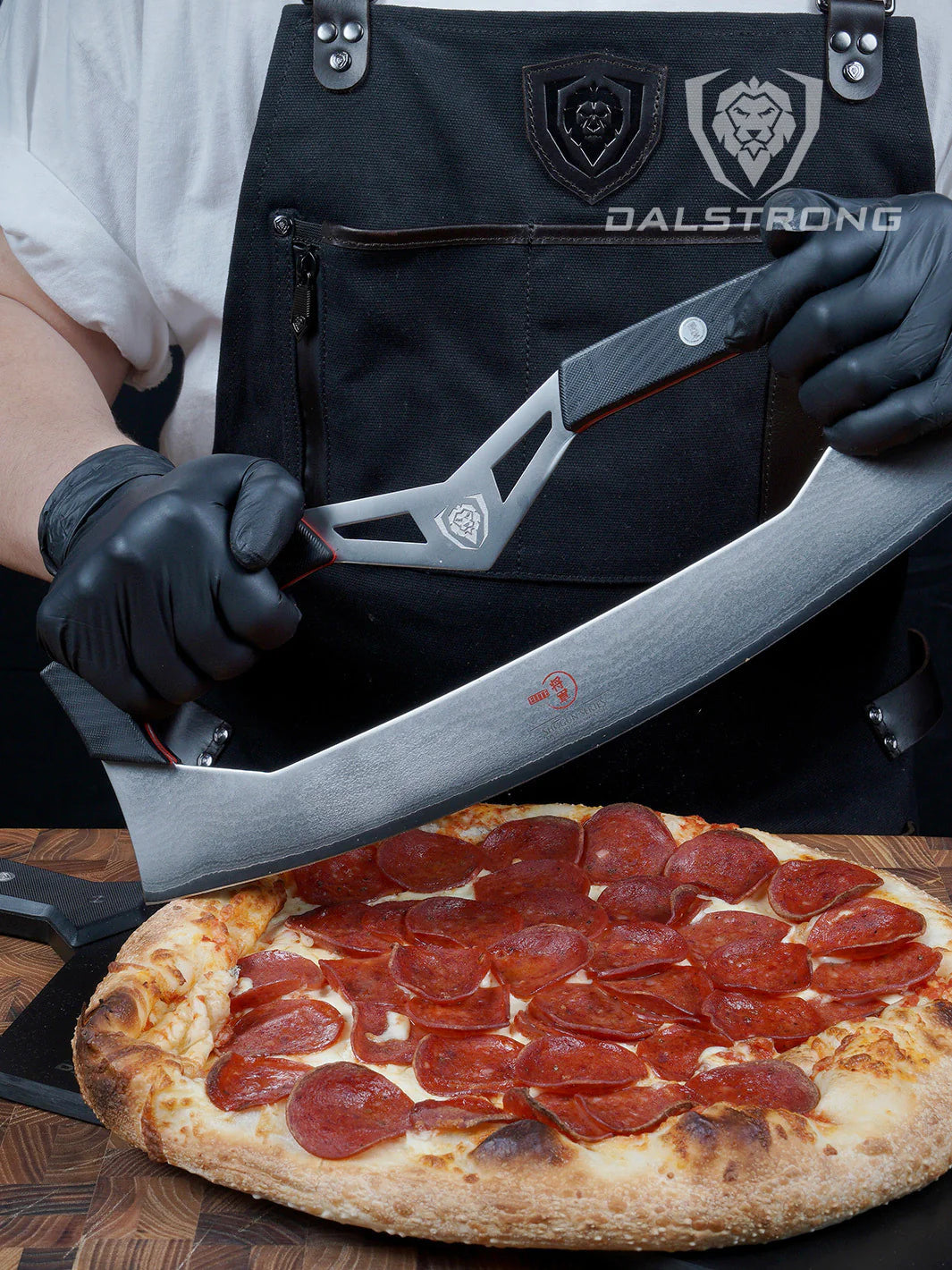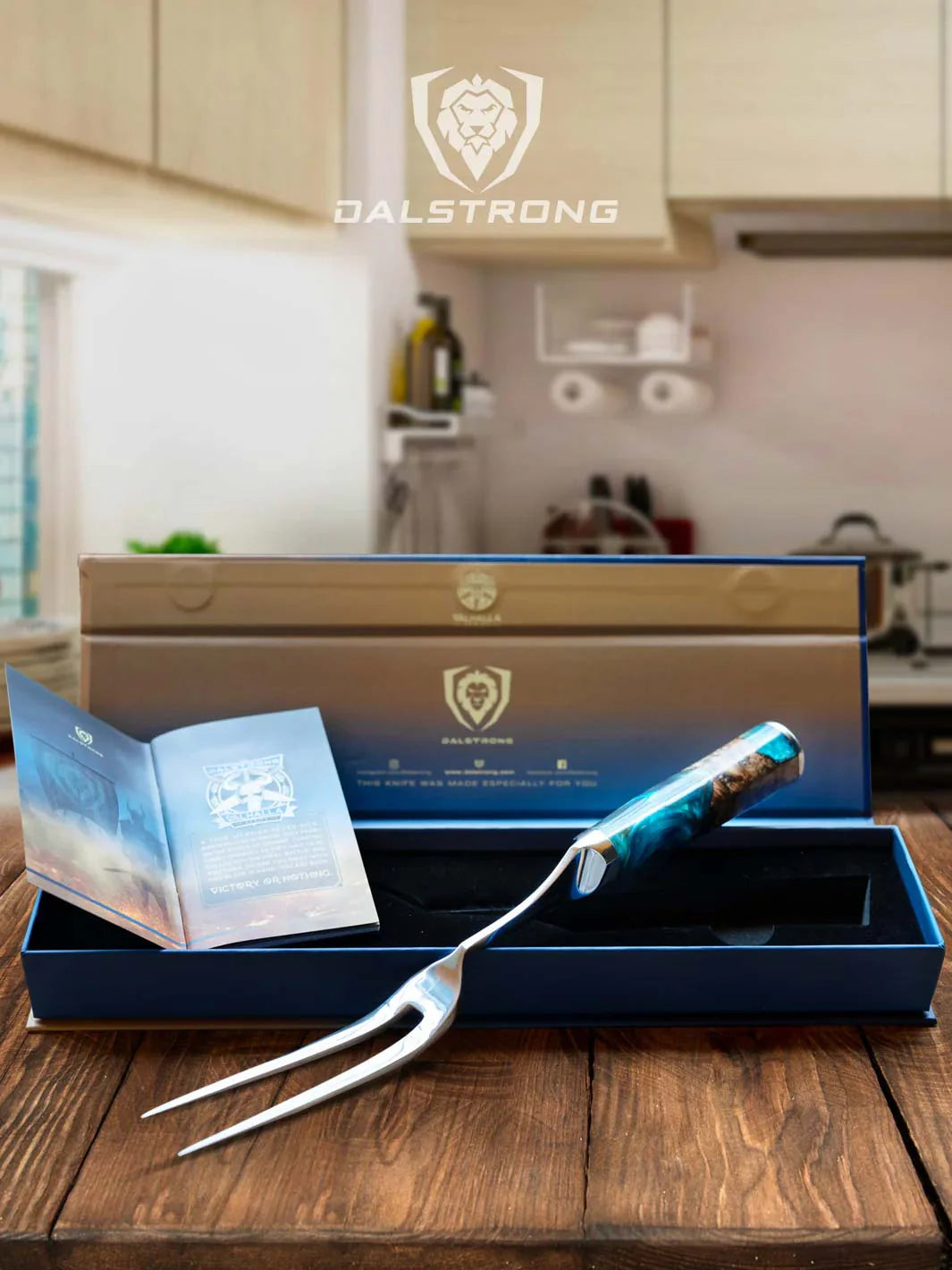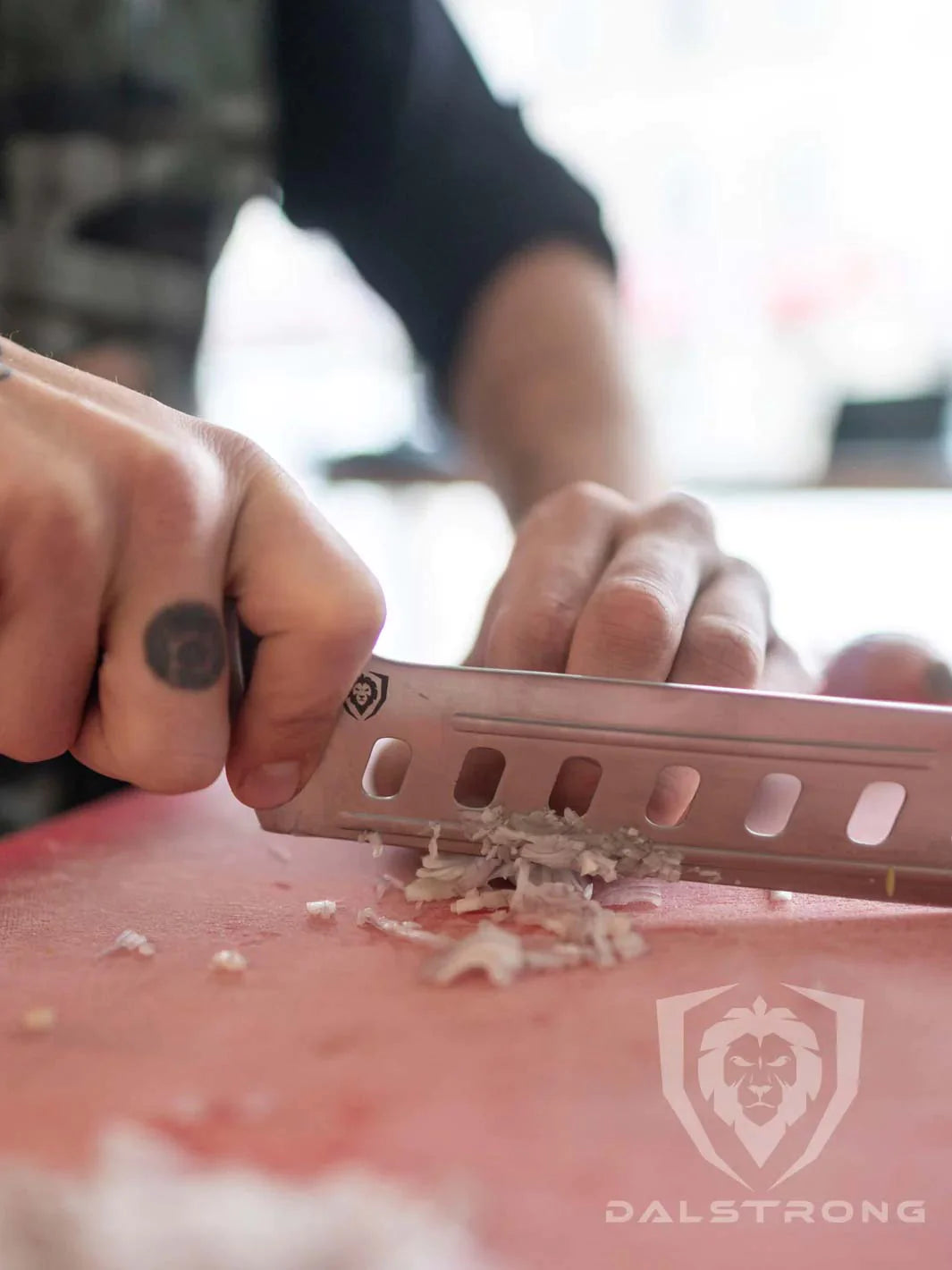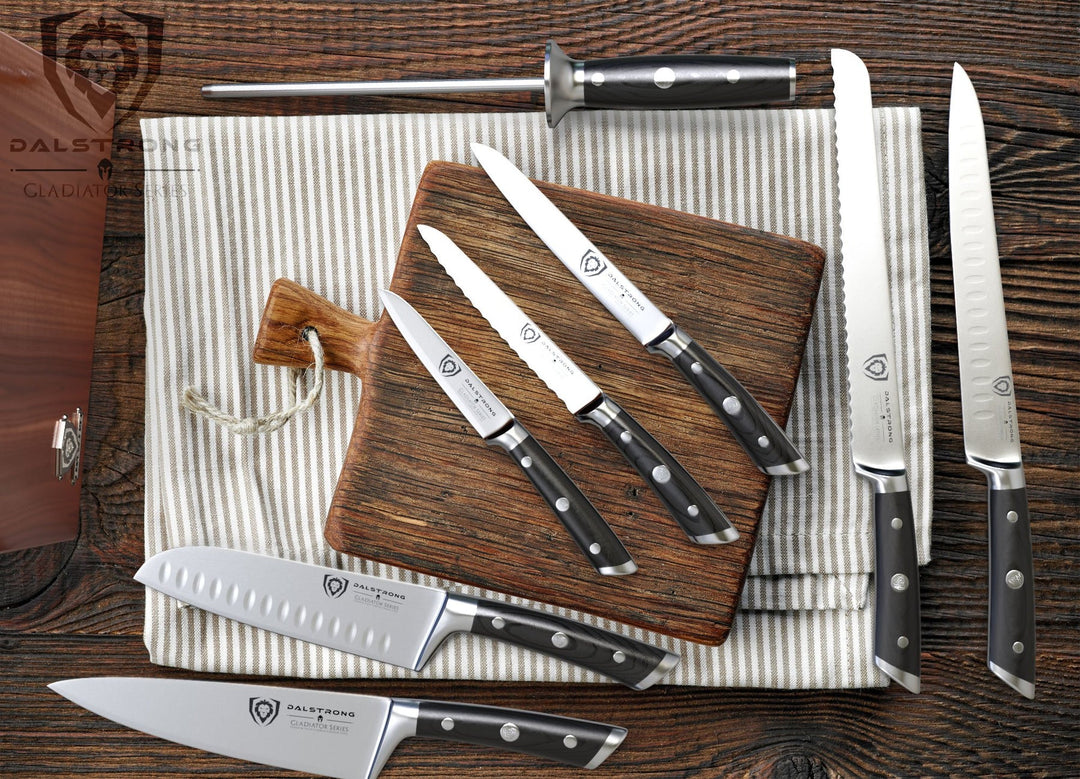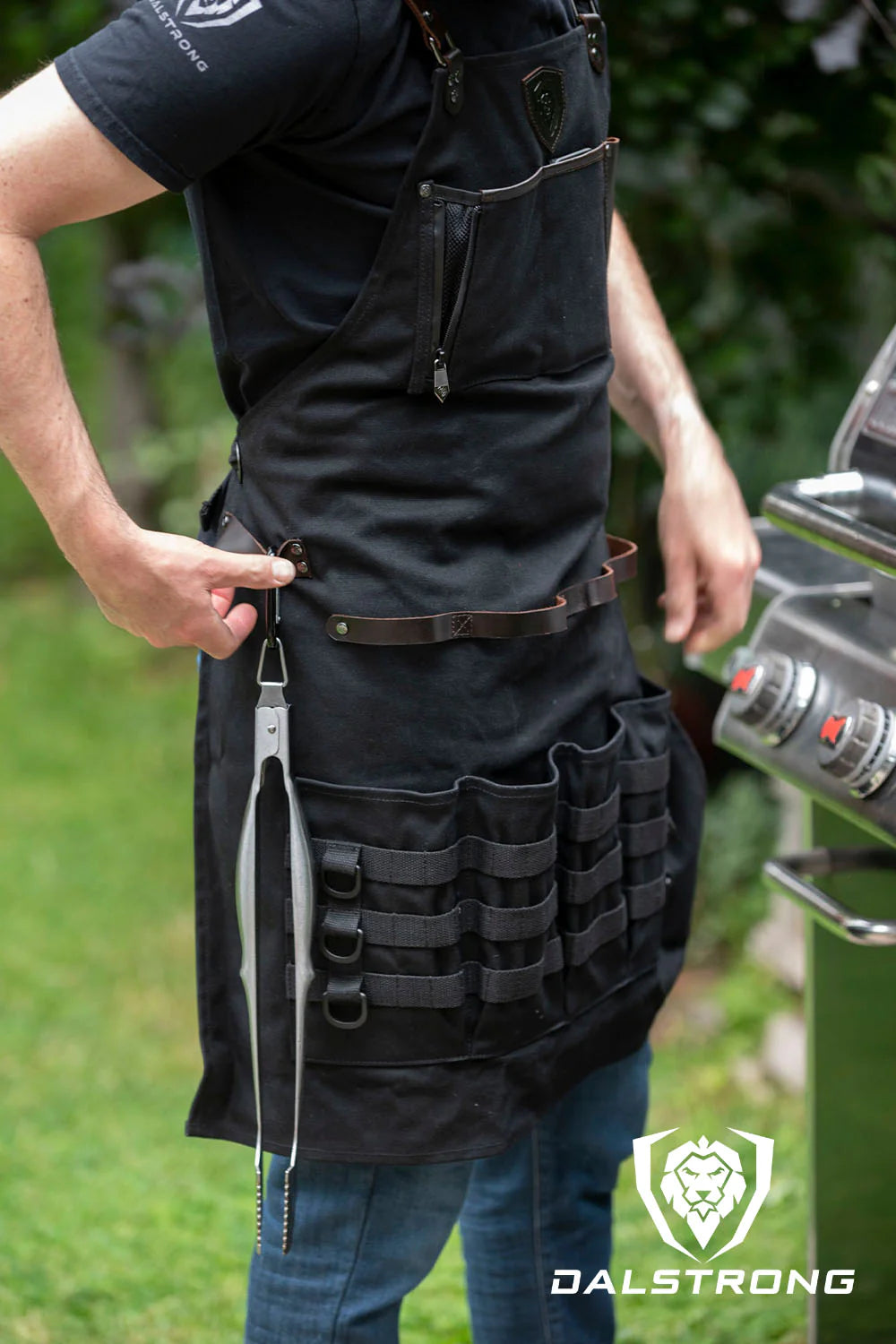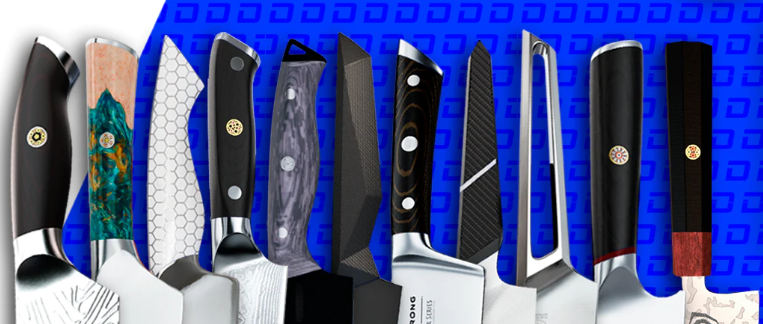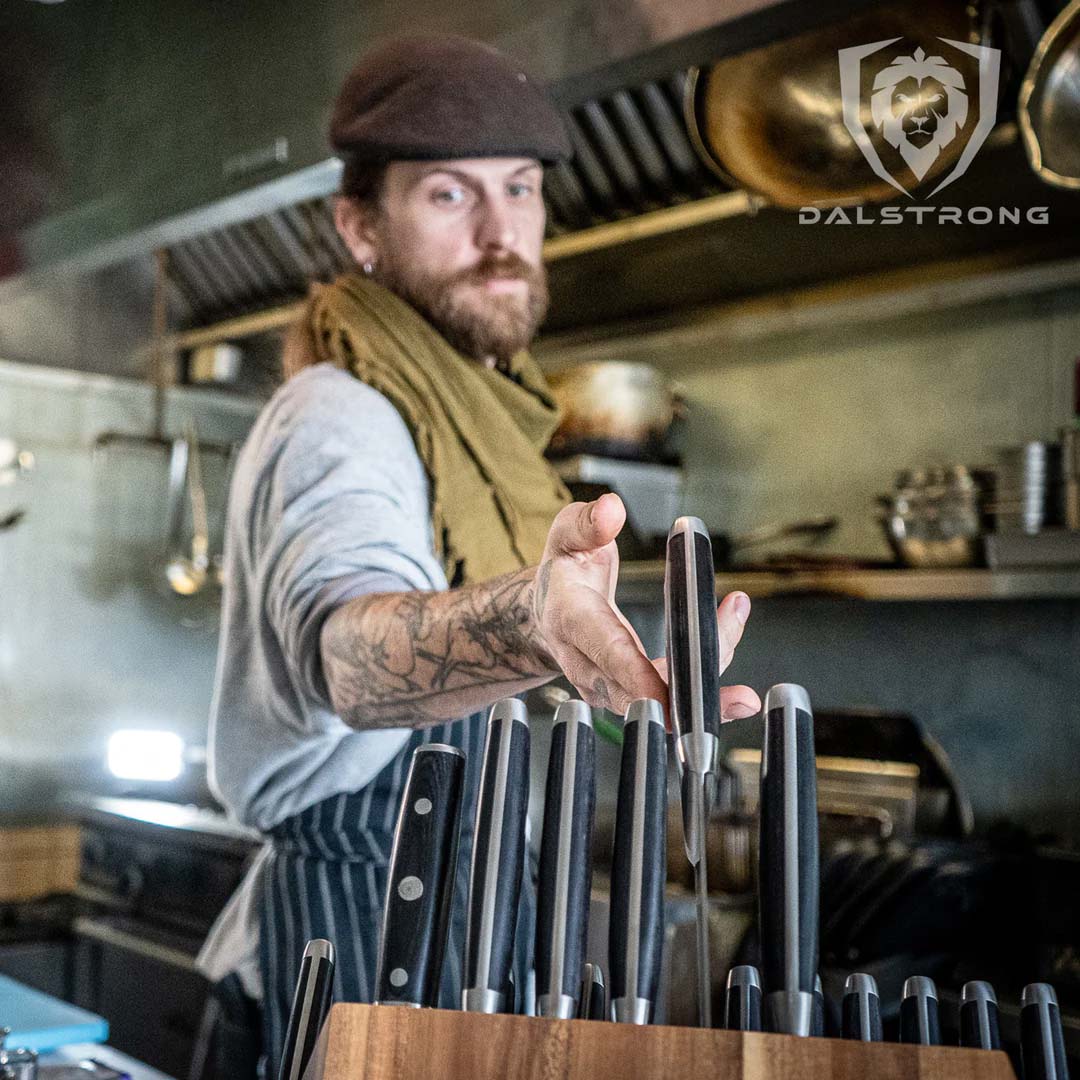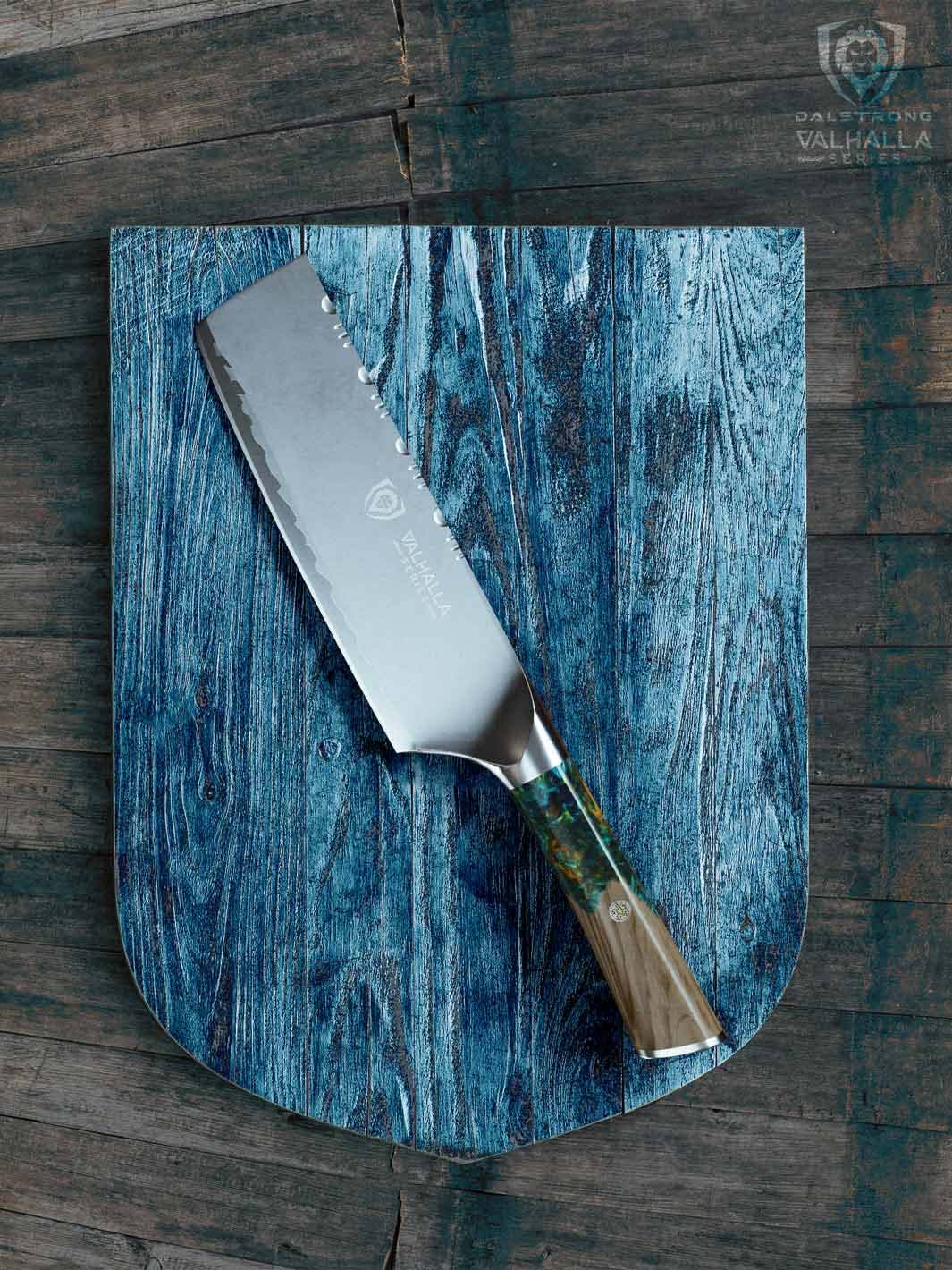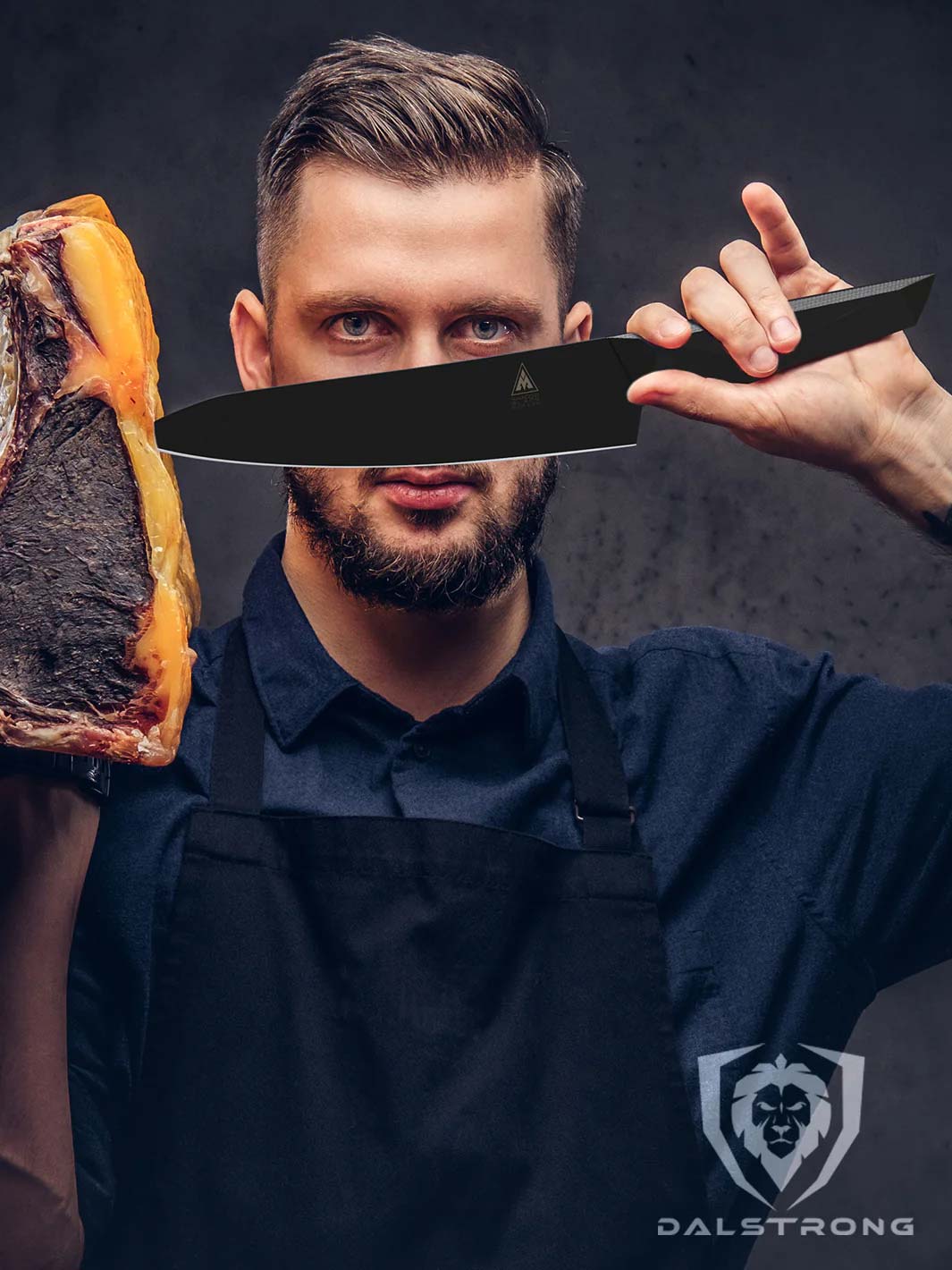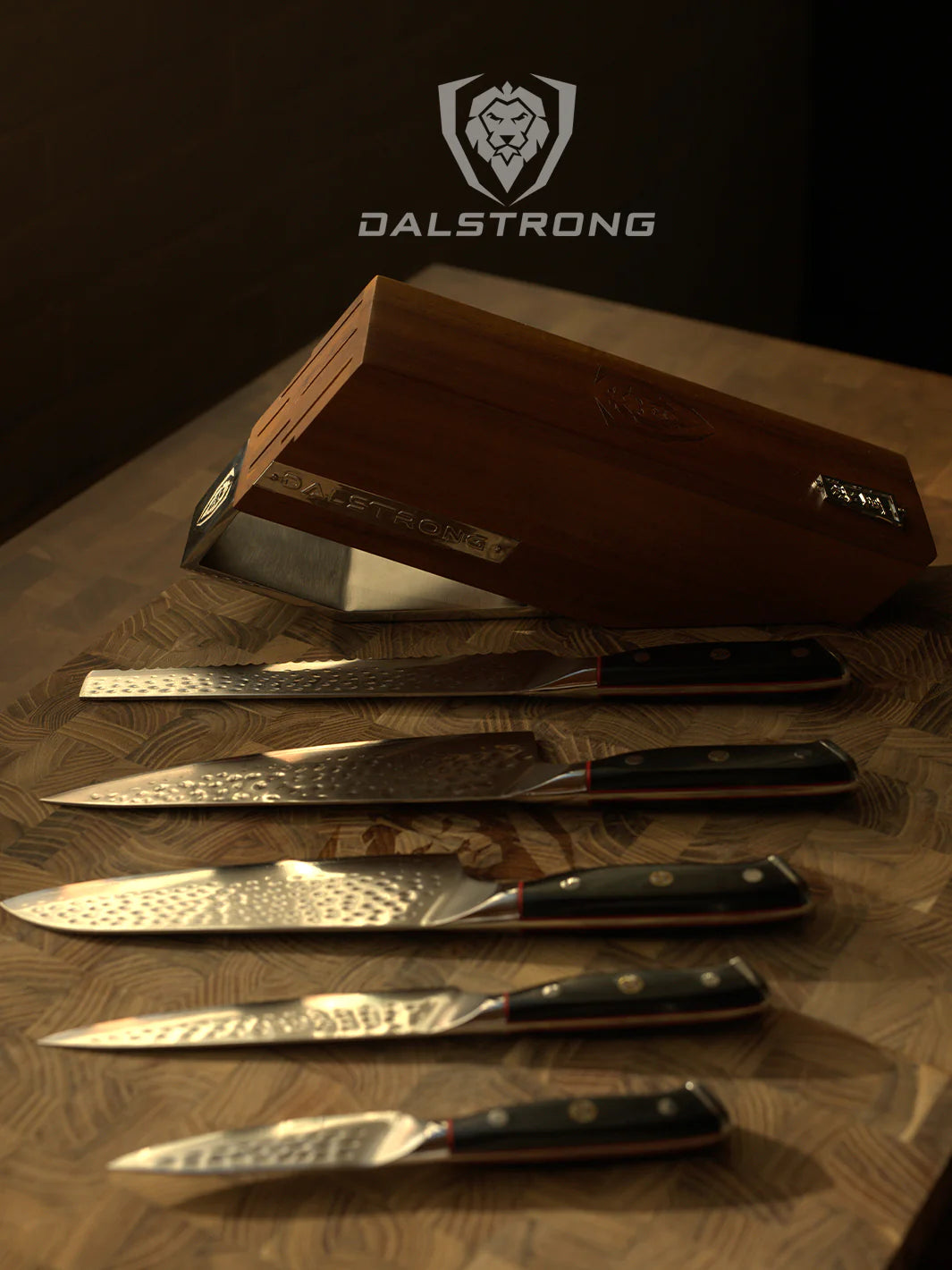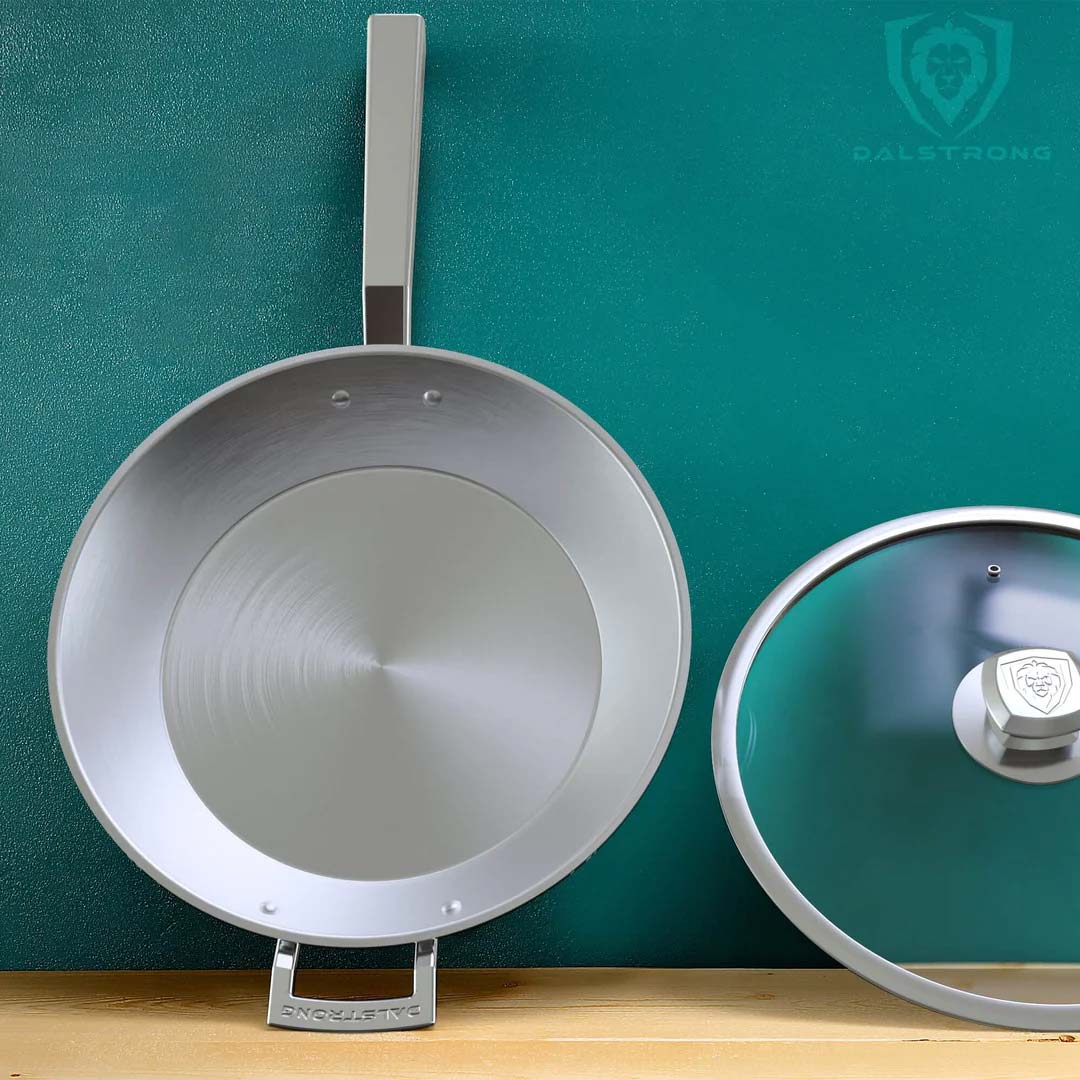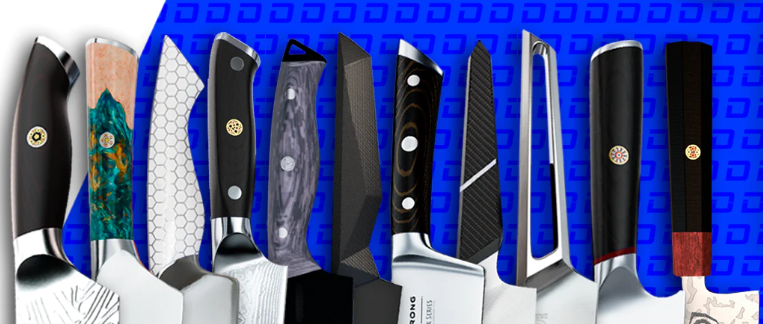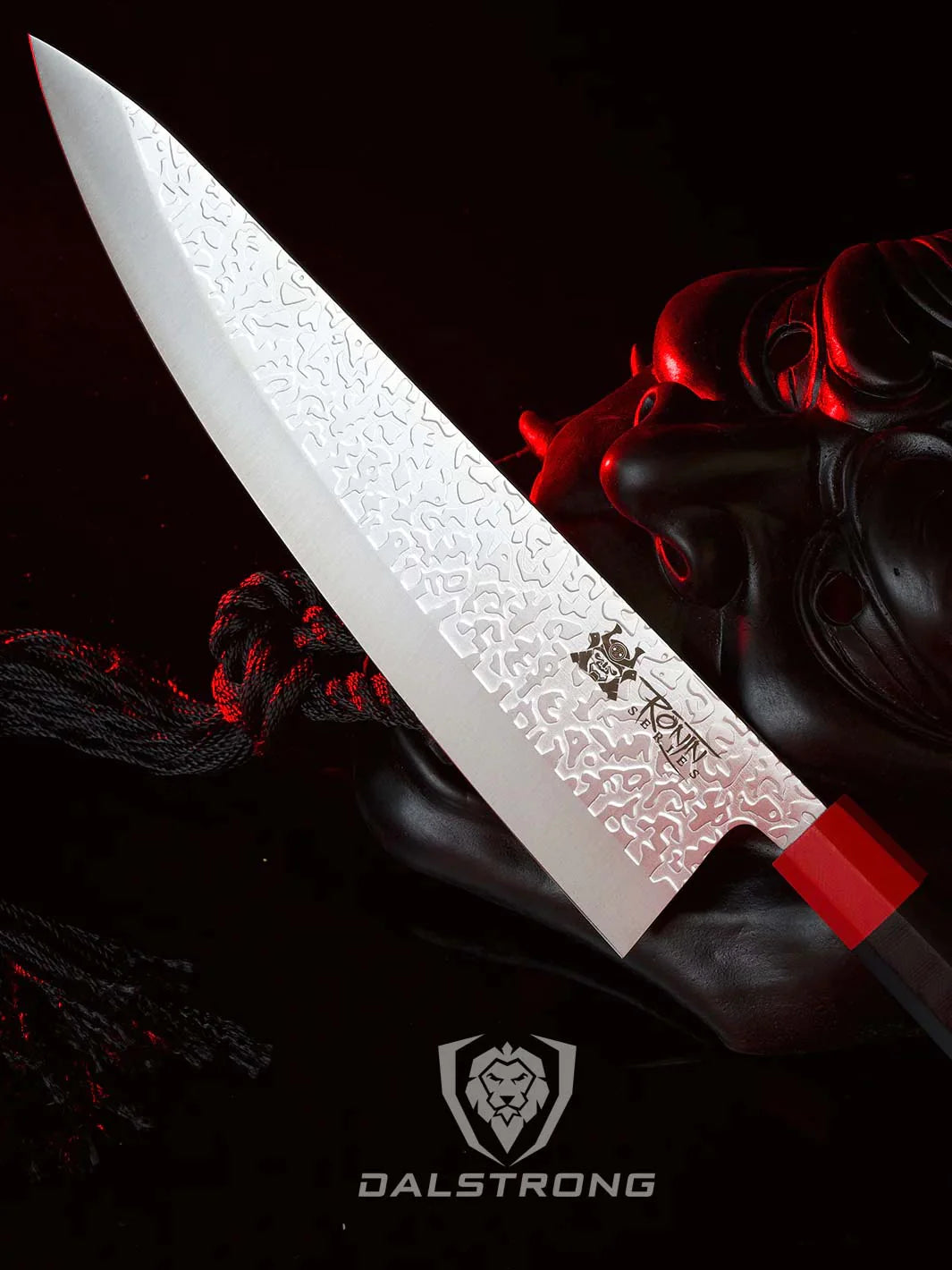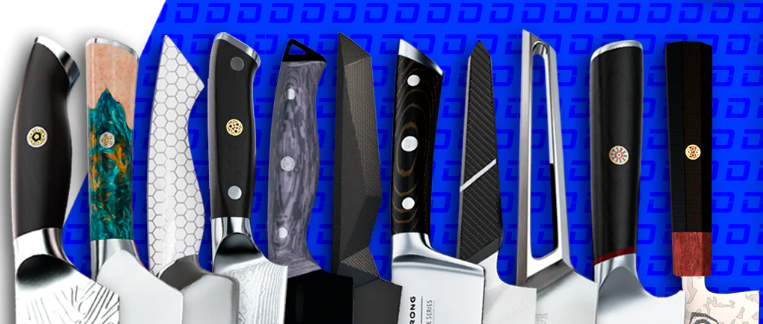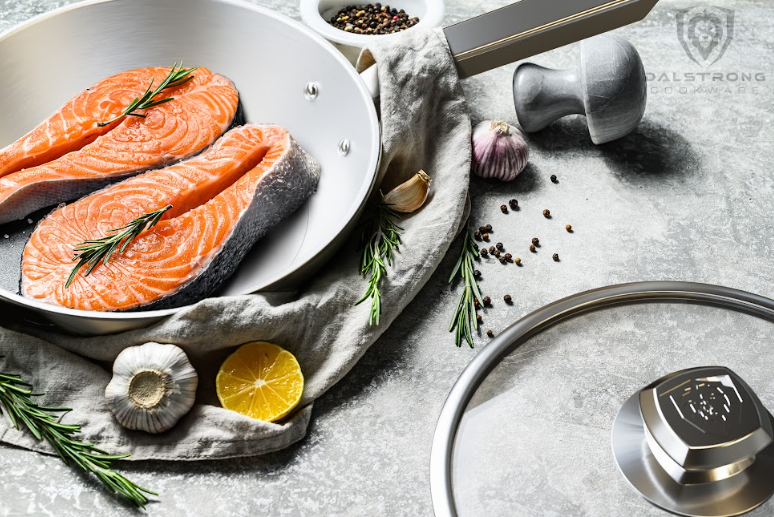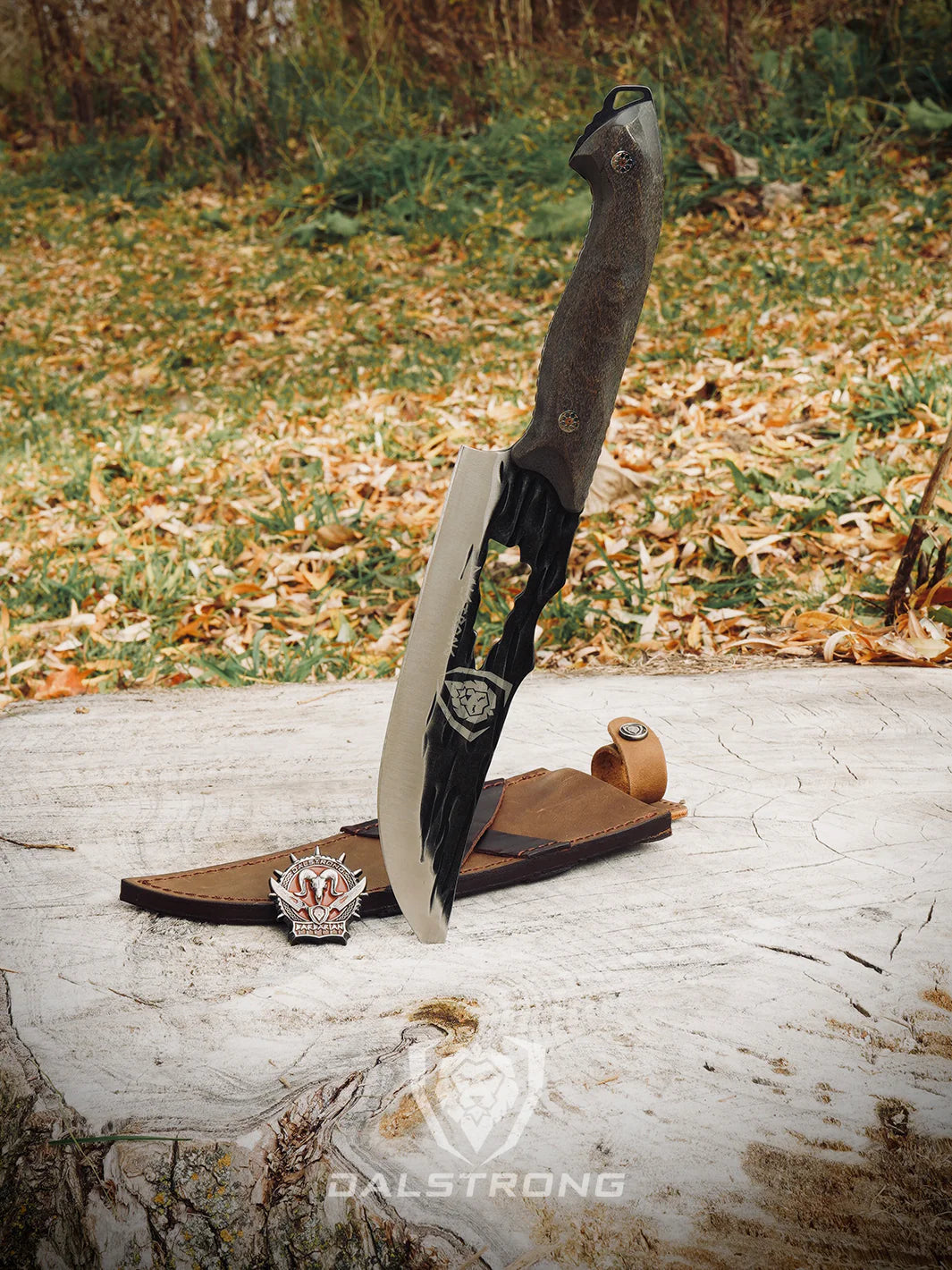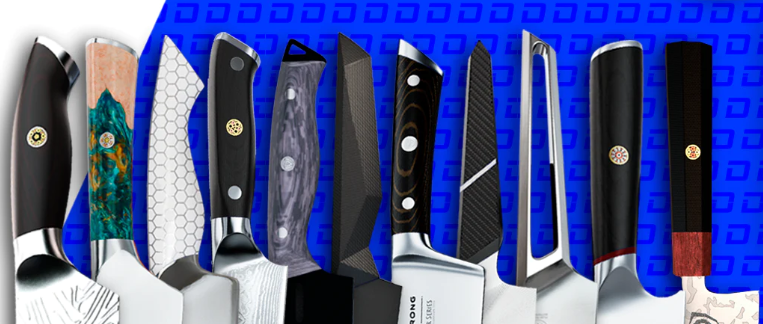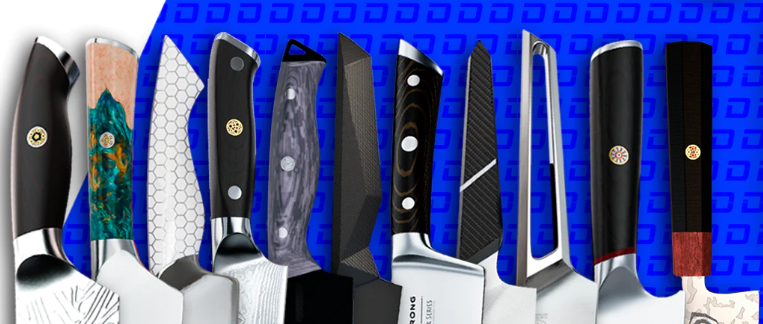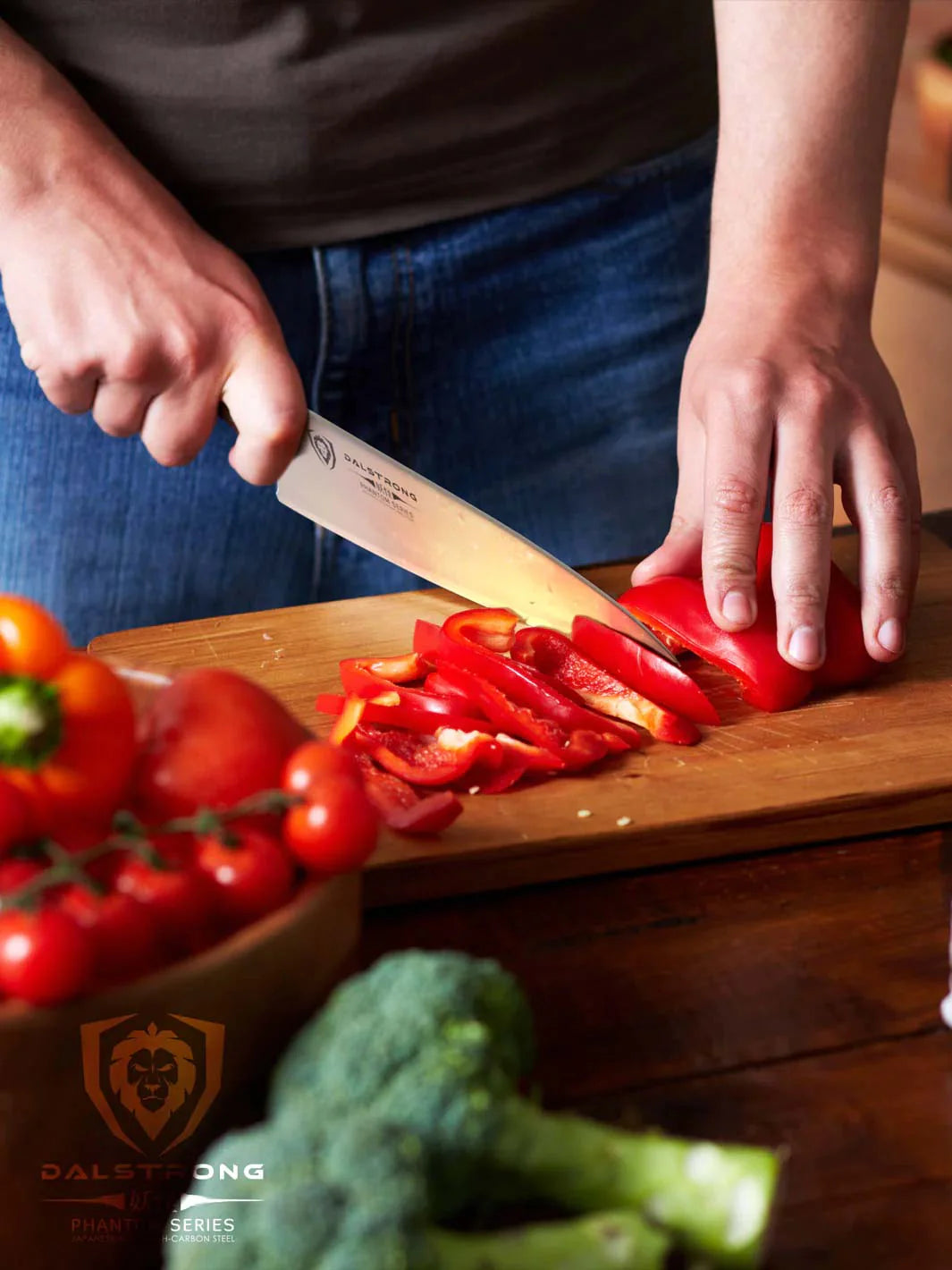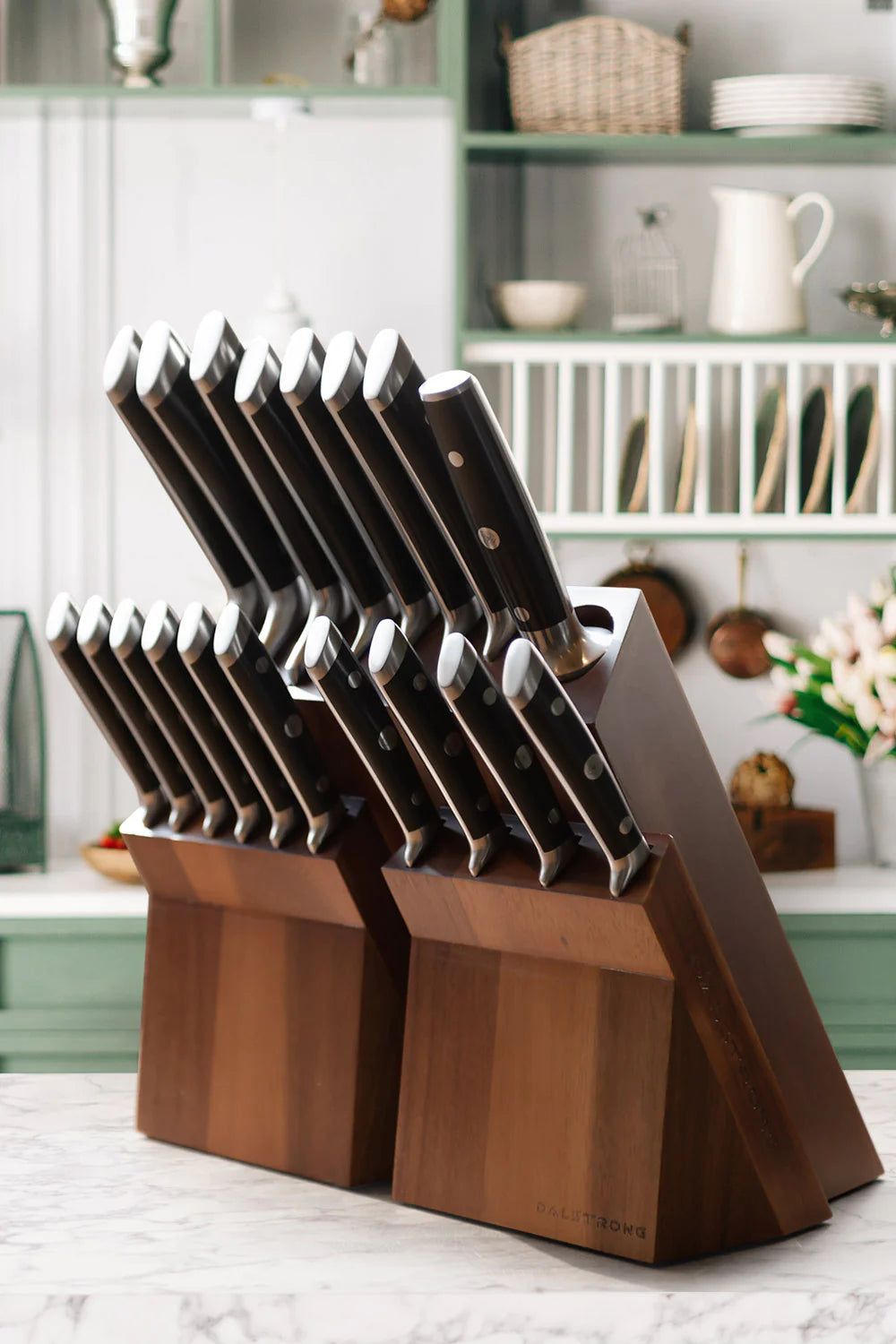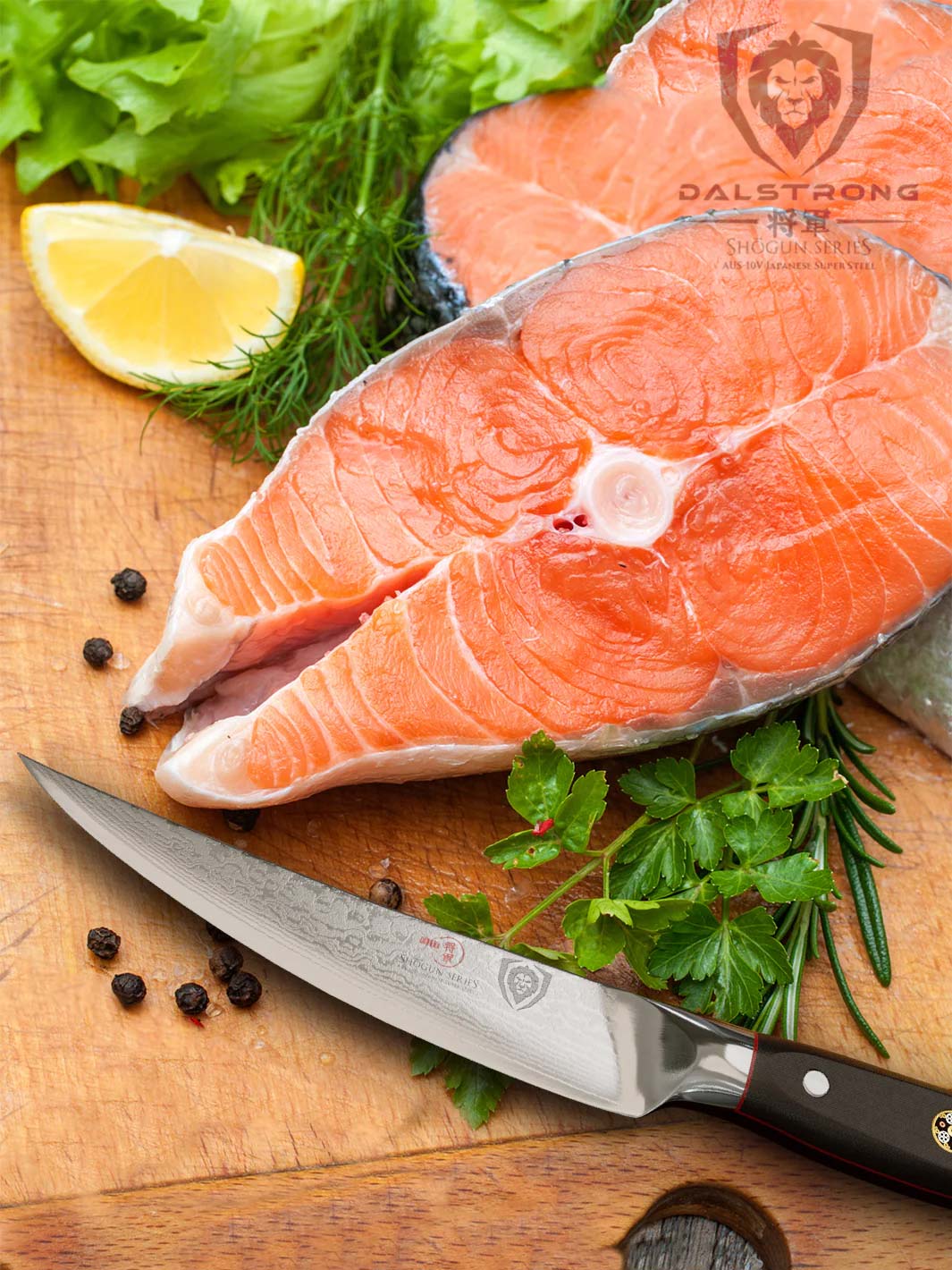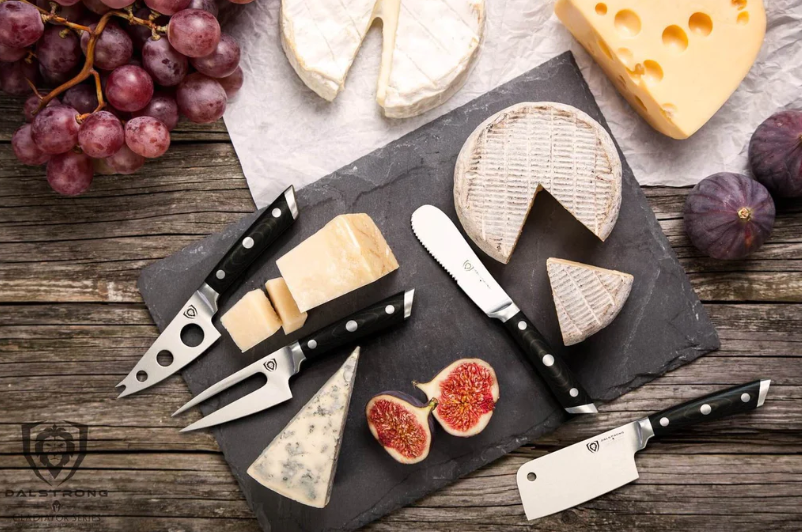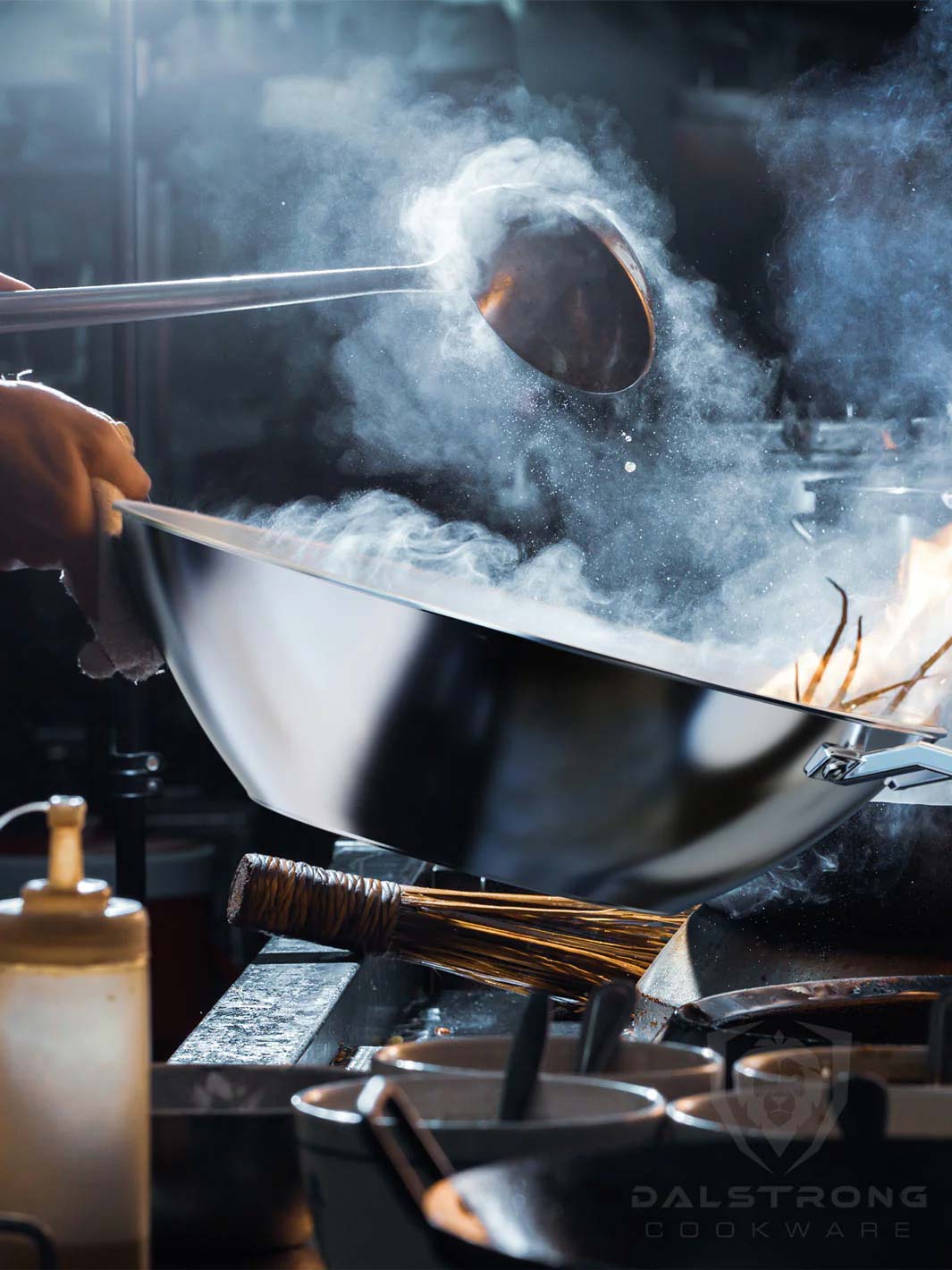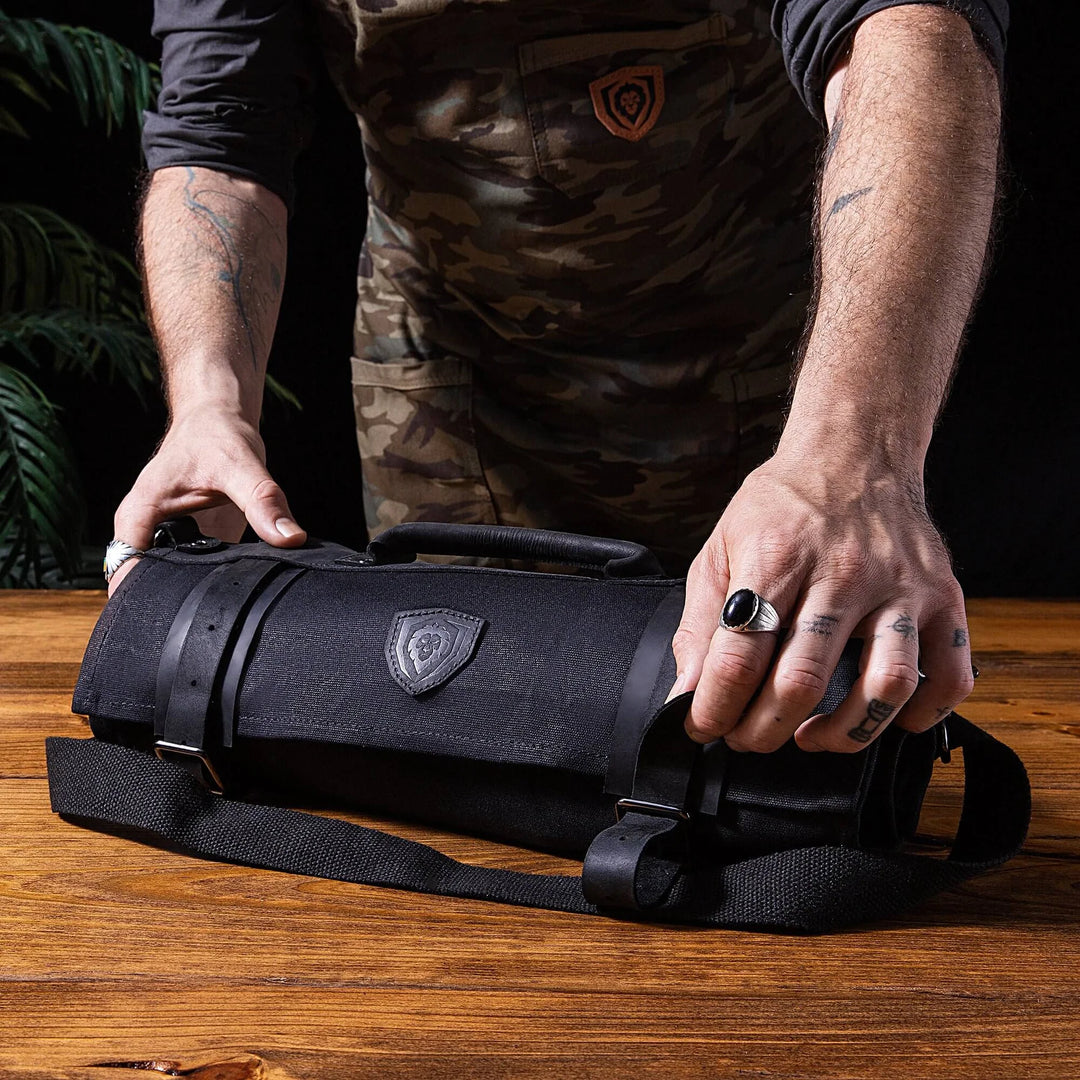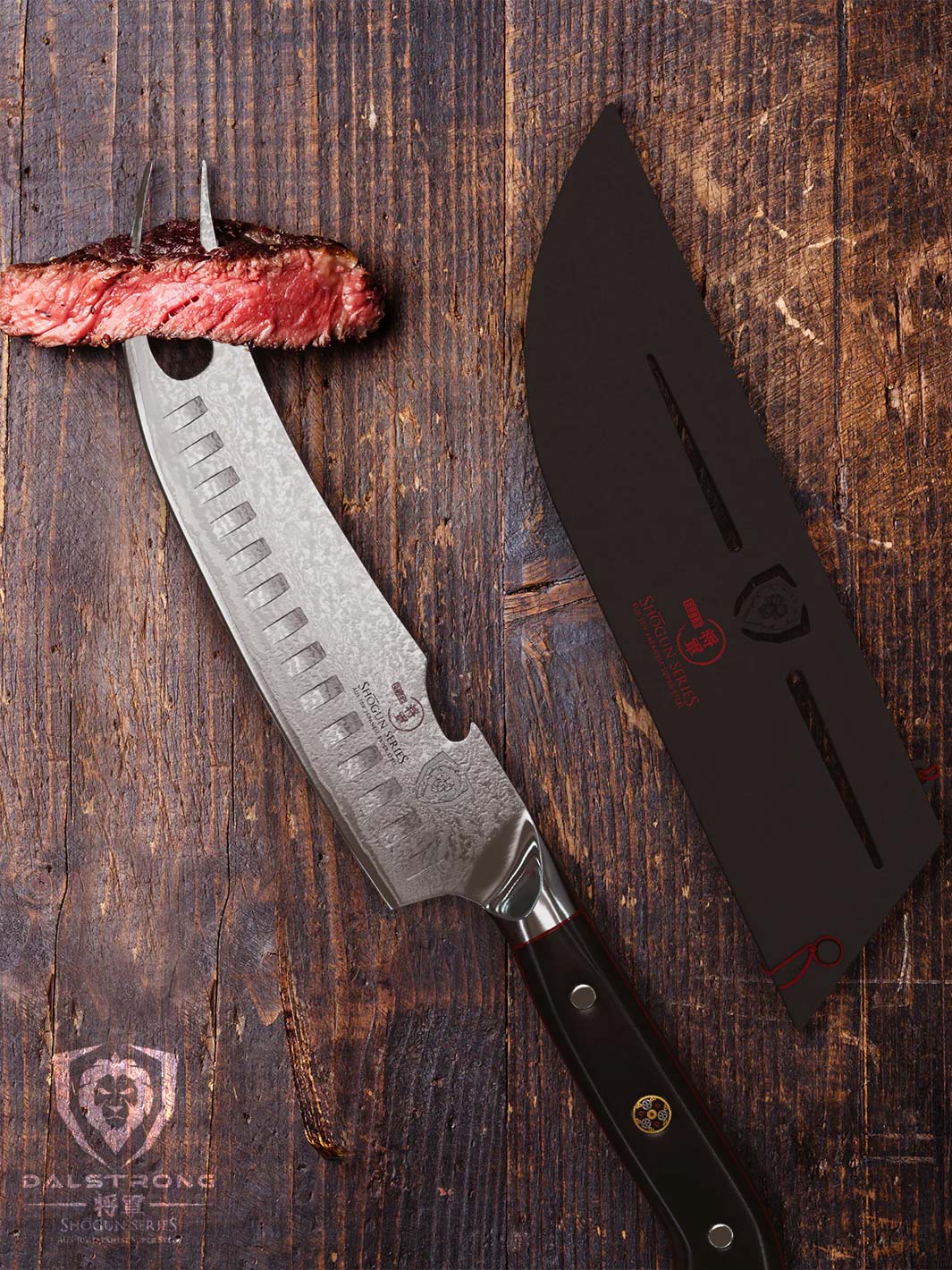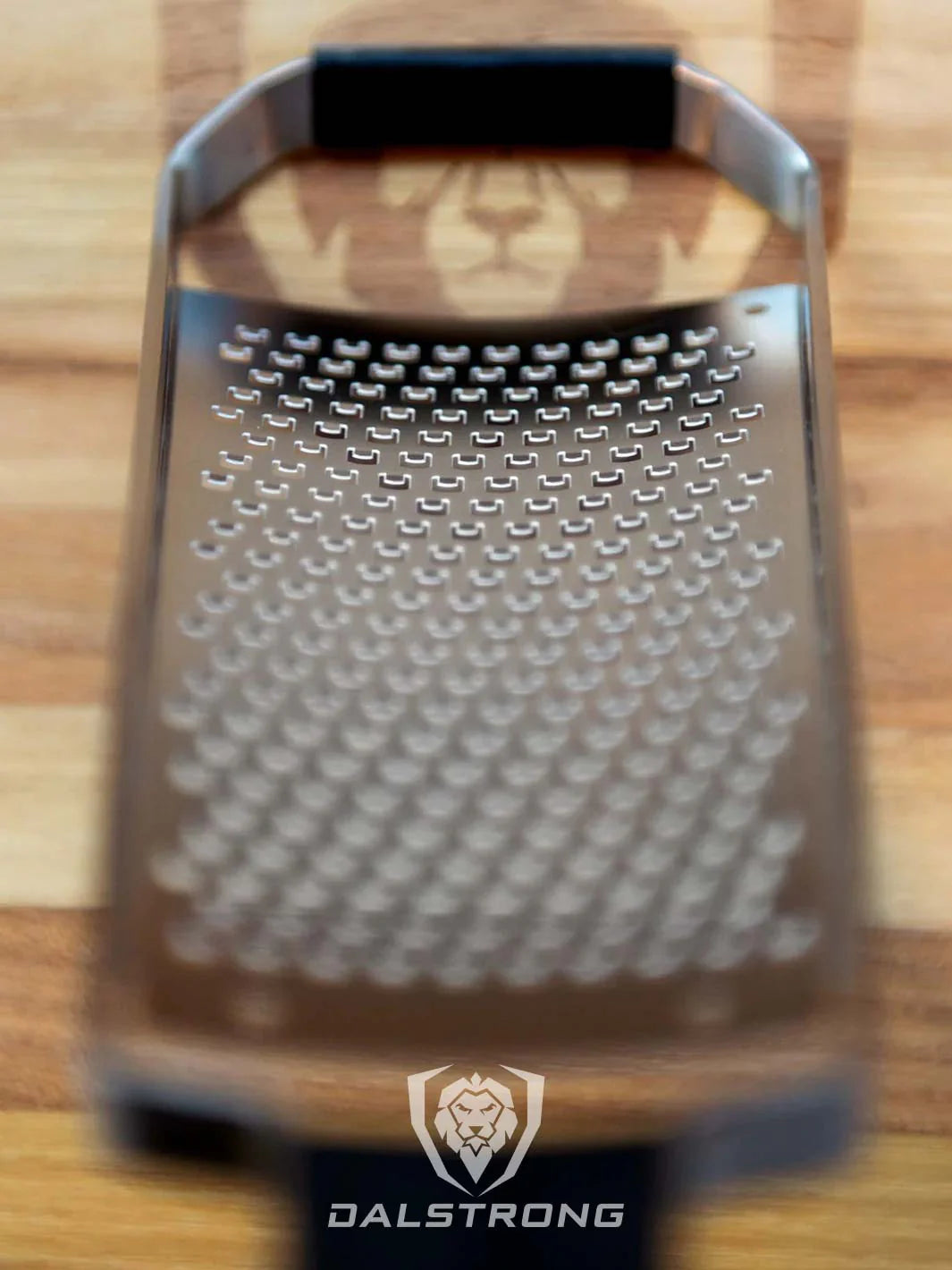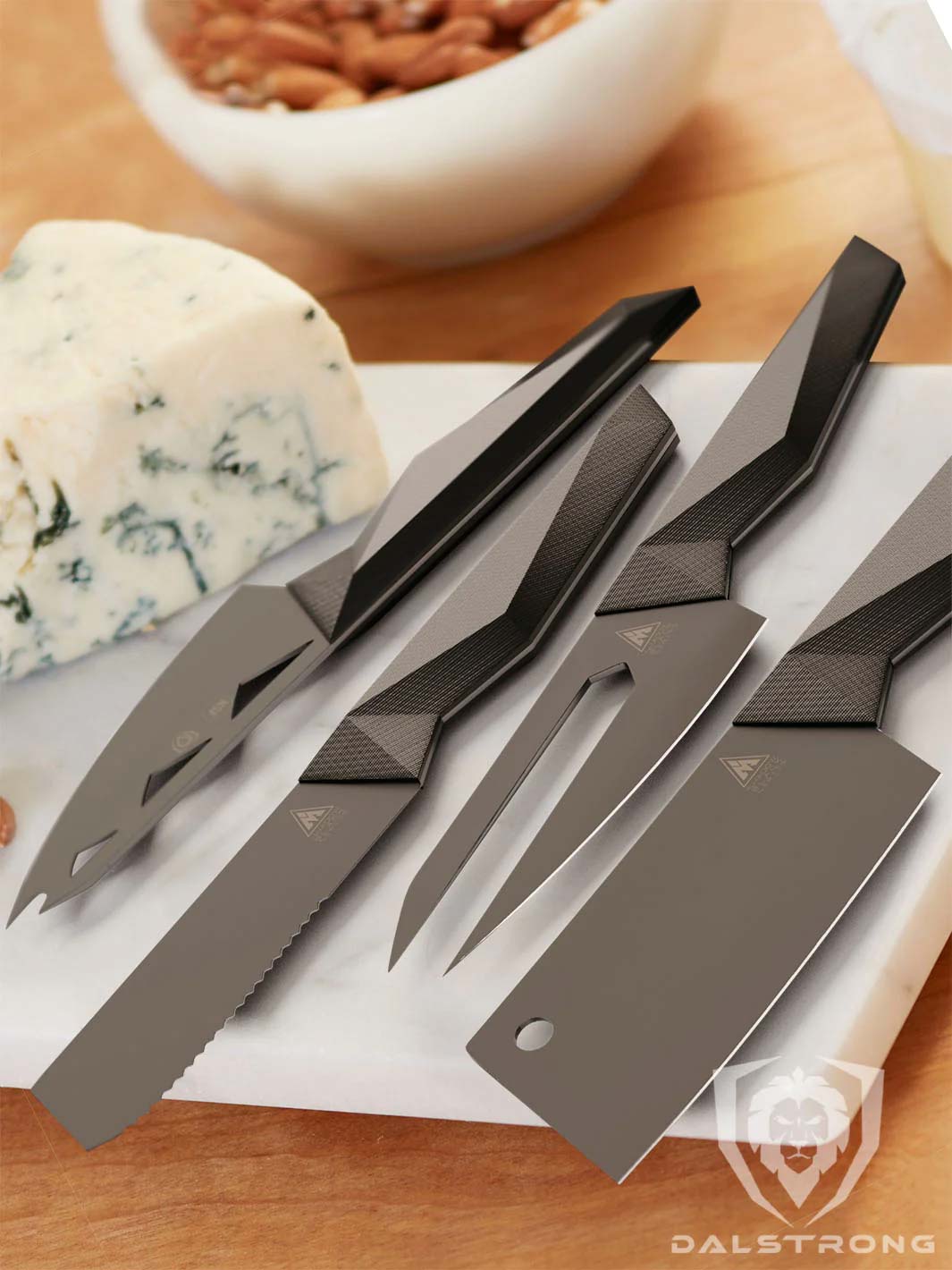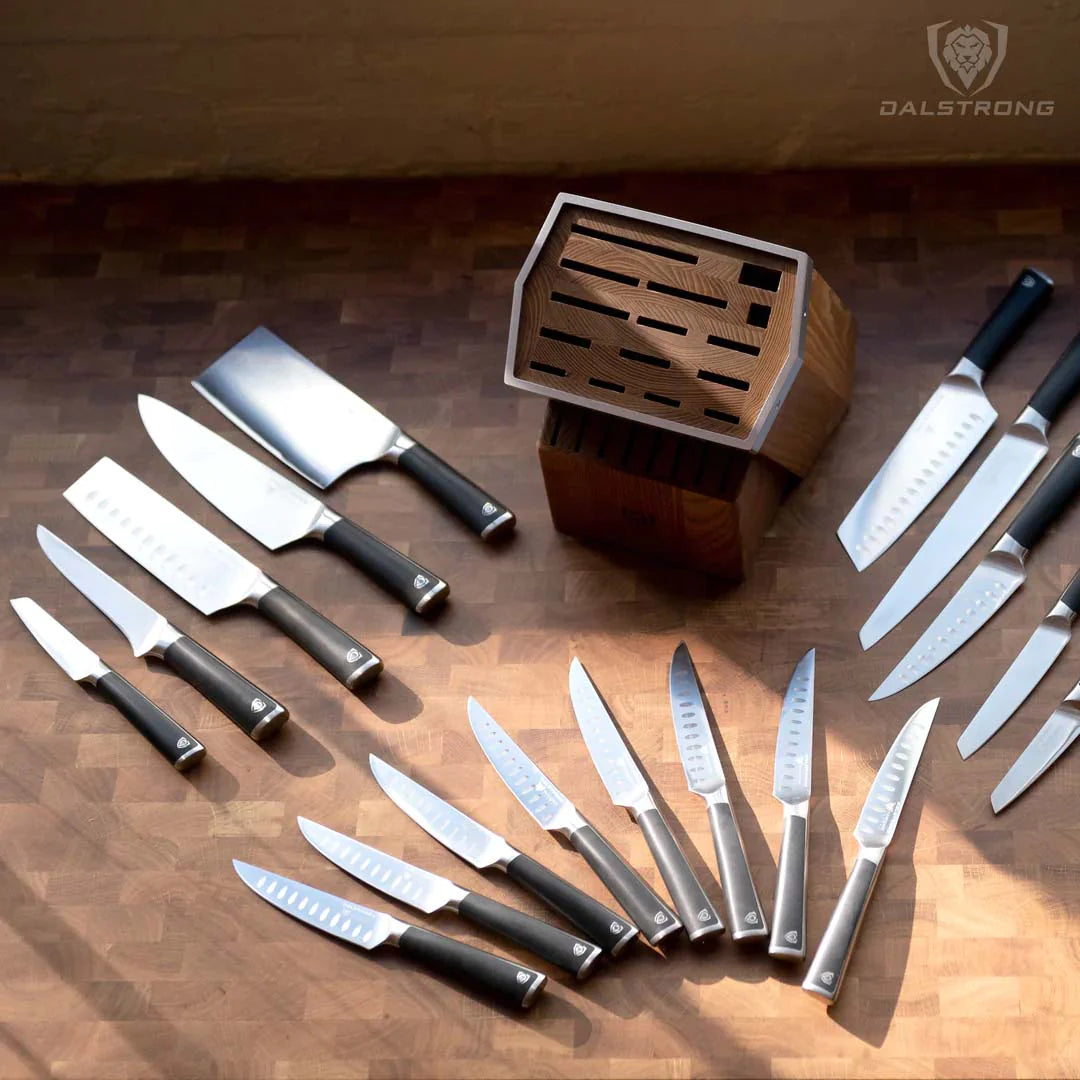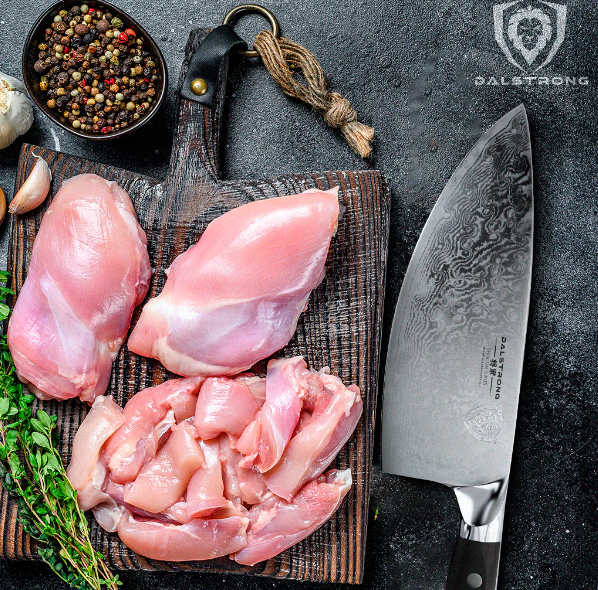How to Grill Salmon
How to Grill Salmon : Overview
If you’re looking for a simple, straightforward, yet impressive meal, you can’t go wrong with grilled salmon. Exceptionally healthy due to its abundance of Omega-3 fatty acids, this rich, flavorful fish is the most popular seafood in the United States – a surefire crowd pleaser.
If you’ve ever found yourself wondering how to grill salmon, rest assured that it’s not difficult. Anyone who knows their way around a charcoal grill is capable of cooking grilled salmon. Of course, like most recipes, exactly how you make grilled salmon ultimately comes down to personal choice. There is no definitive grilled salmon recipe. However, it’s important to understand the basics before starting to get creative – especially if you’ve never done it before.
If you’ve only stuck to grilling hamburgers or pork chops, the idea of grilling fish may be daunting. Most fish are too delicate to grill – you’ll usually have better luck cooking fish in a nonstick frying pan instead. However, salmon is sturdier than most fish, so don’t be afraid to fire up the grill and get cooking.
Grilled salmon is especially delectable when soaked in an olive oil, soy sauce, or garlic marinade. Garnish the finished product with a slice of lemon, and you’ll have an elegant, masterful meal that will dazzle your friends and family.
1. What is the Best Salmon for Grilling?
Shogun Series ELITE Fillet Knife 6"
Fresh salmon comes in a plethora of different types, and choosing between them can be daunting. Ultimately, the best salmon for grilling depends on your budget, personal taste, and availability in stores.
King salmon, also called chinook, is the most highly prized variety. Regarded as one of the best options for grilling, king salmon has sturdy flesh and a rich, nutty taste that pairs well with the smoky flavor of a charcoal grill. However, it is rare and can be quite expensive, so count yourself lucky if you manage to get your hands on it.
Wild caught salmon generally has a deeper taste, less fat, and fewer calories than farmed salmon. However, it is more expensive and only available fresh from May to September. It’s the healthiest option, and many people prefer the flavor. However, you shouldn’t dismiss high quality farmed salmon, especially if wild caught salmon is out of season.
Farmed salmon is available year round and has a tender, buttery texture. It tends to have a milder taste, making it a better choice for those who dislike a strong fishy flavor. Farmed salmon may also be preferable for home chefs who are learning how to grill salmon, since it’s more forgiving. Farmed salmon is harder to overcook, and the higher fat content ensures that it’s less likely to stick to the grill grates.
When buying salmon for the grill, remember to look for cuts with the skin still on. Whether you choose to eat the fish with the skin on or off, salmon skin is important for grilling. Skin keeps the fish moist and gives the grilled salmon a richter, more complex flavor. Plus, it will help hold the fillet together while it's on the grill.
When perfectly done, salmon skin can provide a crispy, seared crust to your fillet that contrasts nicely with the soft flesh. However, if you’re not a fan of salmon skin, you can always scrape it off before you serve your grilled fish.
2. How to Grill Salmon

Prepare the salmon
Before buying salmon to grill, take into account the different cuts available. If you’re confident with a fillet knife and planning to serve a large party, you can buy a side of salmon or even a whole fish. However, smaller cuts of salmon are easy to prepare and widely available at supermarkets.
The most popular cut of salmon is the salmon fillet, a single-serving strip cut from the side of the fish. However, salmon steaks, which are cut crosswise through the middle of the fish, are also a good choice for grilling. Salmon steaks are sturdy and well suited for the grill, but they include bones that will need to be removed.
Carefully remove any bones before your salmon hits the grill. Removing bones can be tricky, but a high quality pair of precision cooking tweezers should help make the job easier. Make sure to take your time and remove the pin bones carefully. Nothing ruins a meal like a pointy bone stuck in your throat!
If you're not marinating your salmon, be sure to add salt and pepper. Garlic Powder also goes well with salmon.
Marinate the salmon
Marinating salmon isn’t an absolute necessity. You can make delicious grilled salmon by simply brushing the salmon fillet with olive oil and kosher salt before cooking it. However, a marinade will make for jucy, flavorful salmon with a hint of pizzazz.
For a simple, straightforward marinade, simply soak the fish in a mixture of soy sauce and seasonings like garlic, kosher salt, or brown sugar.
If you want to get more creative, your marinade options are nearly endless. A simple but effective formula for the perfect grilled salmon marinade features a 3:1 ratio of fat and acid, plus a sprinkling of salt and spices. Some chefs like to add a hint of sweetness to their marinades too, in the form of brown sugar or honey.
Fats such as butter, olive oil, or buttermilk pair well with salmon, while acids include lemon juice, lime juice, or mustard. Combine butter, lime juice, and chilli pepper with smoked paprika for a chilli lime marinade with a rich smoky flavor, or blend olive oil with lemon juice and seasonings like garlic, sea salt and pepper, and oregano if you prefer a mediterranean vibe.
Salmon marinades offer a chance to get creative, so free to experiment and find combinations that suit your taste.
Soak the salmon in marinade for 30 minutes to an hour before you cook it. Be careful not to soak the fish for too long, especially if your marinade includes a lot of acidic ingredients like lemon juice or vinegar. Acids will start to break down the fish if left for too long, resulting in a mushy meal.
Grill the salmon
While a gas grill will do the trick, a charcoal grill will add the perfect smoky flavor to your grilled salmon. Pat the salmon dry with a paper towel and let it get to room temperature while you prep and preheat the grill. The ideal temperature for grilling salmon is between 375 and 400 degrees fahrenheit, which is roughly medium heat when grilling.
Since fish is more delicate than burgers or steak, you’ll need to take extra care when wiping down the grill grate with oil. Use a paper towel to coat the hot grill with a layer of vegetable oil.
If you’re cooking salmon fillets, place them skin side up on the grill before closing the lid. Salmon cooks quickly, so if you’ve got a thin slice or prefer the taste of rare fish, you may only need two or three minutes to char the flesh before flipping it over.
To keep the grilled salmon intact, flip it carefully. If you’re planning to make grilled salmon regularly – or even if you’re just in the market for a versatile kitchen tool – it’s a good idea to invest in a fish spatula. Designed to be longer and thinner than a regular kitchen spatula, a fish spatula is perfectly sized for flipping fish and helps keep the fillet from falling apart.
If you don’t have a fish spatula on hand, use a large kitchen spatula and a pair of tongs for extra security.
Close the lid of the grill and wait for a few more minutes while the fish is cooking. Exactly how long it takes to cook the fish will depend on a variety of variables. If you’re new to grilling salmon, pay close attention. Once it’s ready to remove from the grill, the flesh should be light, flaky and opaque. Cooked salmon should lift easily from the grill rather than sticking to the grate.
Keep in mind that the internal temperature of the grilled salmon should reach at least 145˚F.
Looking for a quicker and easier grilled salmon recipe? Wrap and grill salmon in foil before you place it on the hot grill. You might not get those nice crispy char marks seared into the side of the fish, but you won’t have to worry about flipping the salmon filet or cleaning the grill afterwards.
Keep in mind that salmon in foil might take a bit longer to cook, so leave the salmon filet on the grill at medium heat for up to 15 minutes.
Garnish and serve
Lastly, garnish your grilled salmon and serve it while it’s hot. Rosemary sprigs or a wedge of lemon are a classic choice for garnishes, but don’t be afraid to branch out and try something new. The possibilities are endless. It's okay to again add salt and pepper at this step.
If you want to take your grilled salmon up a notch, try making a flavorful sauce. Drizzle refreshing tzatziki sauce or buttery holondaze on the fish for a meal that packs an extra punch.
Consider what sides will go well with grilled salmon. While you’ve got the grill fired up, you can add some vegetables to serve as a side. A thick, succulent salmon fillet pairs well with grilled asparagus or summer squash. Avocado pairs well with salmon, too, so consider making a fresh avocado salad to serve alongside your salmon steak.
3. Frequently Asked Questions about Grilling Salmon
If your salmon fillets are less than an inch thick, there’s no need to flip the fish. Simply close the lid and let it cook until the fish is done. However, if you’re cooking a thicker slice, you’ll want to flip it to make sure that the salmon is cooked all the way through. Since fish is so delicate, avoid moving it around the grill as much as possible. If you flip the salmon, make sure to do it only once.
How long does salmon need to be on the grill?It can be tricky to tell exactly how long salmon needs to be on the grill, since cook time can be affected by a wide variety of variables. Generally, you should flip your salmon after 4 to 6 minutes, taking into account the thickness of the fillets and the temperature of your grill. Grilled salmon can be served medium-rare, so feel free to adjust the cook time to your personal taste. If the salmon sticks to the grill when you try to flip it, it isn’t ready. Wait a minute or two and try again.
Do you grill salmon with the lid open or closed?Most chefs recommend keeping the lid of your grill closed while grilling salmon. However, some methods suggest keeping the lid open while grilling the first side, then closing the lid after flipping the fish. If you make grilled salmon often, experiment with both methods and choose the one you like best.
What side do you grill salmon on first?While it may seem counterintuitive, many chefs recommend grilling the fleshy side of the salmon first. Since raw salmon doesn’t flake apart as easily as cooked salmon does, grilling the skin side last will help hold the fillet together when you lift it from the grill.
4. The Best Knives for Cutting Salmon
 Kiritsuke Chef's Knife 9.5" | Phantom Series
Kiritsuke Chef's Knife 9.5" | Phantom Series
Anyone who cooks fish on a regular basis should have a quality fillet knife in their arsenal. These knives feature slim, curved, flexible blades, specially crafted for slicing and filleting fish and other delicate meats. With a little practice, a quality fillet knife, and a sturdy cutting board, you’ll be able to expertly divvy up a side of salmon like a pro.
As with every kitchen utensil, it’s worthwhile to invest in the best, so make sure to buy a durable fillet knife made of high quality stainless steel, like the ones listed below.
1. The Gladiator Series 6” Curved Fillet Knife
Straightforward yet undeniably handsome, the Gladiator Series 6” Curved Fillet Knife is an example of kitchenware at its finest. At just 2.0 millimeters thick, you’ll find that this fillet knife is more precise and maneuverable than any you’ve handled before.
The divots positioned along the blade help reduce drag, meaning that you’ll be able to smoothly and efficiently slice up a whole side of salmon – or any other fish or poultry – if need be.
2. The Shogun Series 6” Fillet Knife
Crafted out of ultra-premium Japanese “super steel,” the Dalstrong Shogun Series 6” Fillet Knife is fit for both a Samurai and a modern cook. With 66 alternating layers of SUS410 Damascus cladding, the strength and precision of this knife is unmatched. The extraordinarily sharp hand-polished blade features Dalstrong’s exquisite “Tsunami Rose” pattern.
The ergonomic handle is made from G-10 Garolite, a non-porous fiberglass-like material and triple riveted for extra durability. For the finishing touch, the handle is emblazoned with a discreet yet striking copper seal.
3. The Omega Series 6" Curved Boning & Fillet Knife
The Omega Series 6” Curved Boning Knife is the last boning knife you will ever need. Carefully designed with just enough flex to ensure precise de-boning, filleting, skinning, trimming, and butterflying, of all your favorite meats, this narrow blade knife easily glides through sinew, fat, and muscle, and along the contours of bones, for clean, perfect separation.
Ideal for all chefs, butchers, and home cooks who have a deep appreciation for various cuts of pork, beef, and wild game. The “LiquidMetal” pattern on the blade reduces drag and increases efficiency, allowing you to glide through prep.
4. The Shadow Black Series 6” Fillet Knife
As sleek and stunning as something out of a sci-fi movie, and the Shadow Black Series 6” Fillet Knife of modern, high carbon steel. The geometric design of the handle is both visually commanding and ergonomic, made out of military grade G10 fiber-resin that remains unaffected by heat or cold.
This pitch-black showstopper design is durable enough for everyday use, but stunning enough to elicit awe from family and friends when used to expertly dissect fish at dinner parties and cookouts.
5. The Crusader Series 6.5” Fillet Knife
A uniquely stylish addition to any kitchen, the Crusader Series 6.5” Fillet Knife is precision forged out of ThyssenKrupp German stainless steel for precision cuts. The full groove that runs parallel to the knife’s spine is crafted to reduce friction and food debris, and the sculptural steel handle blends seamlessly into the blade, ensuring that there are no crevices where bacteria can accumulate.
The knife includes a magnetic sheath hand crafted out of Arcadia wood to add a stylish layer of protection to the impressive blade.
5. Conclusion

Once you’ve figured out how to grill salmon, you’ll never want to stop. Plus, since it’s such a versatile meat, you’ll never tire of trying new variations. Don’t be afraid to switch things up with new marinades, sauces, and sides.
Whether you decide to keep your grilled salmon recipe secret or share it with the world is up to you, but once you’ve got it down, your grilling prowess will be legendary.
Check Out Dalstrong Knives Today
Written by Cassie WomackBased in Richmond, Virginia, Cassie enjoys trying challenging new recipes with her cat for company.







































































































































































